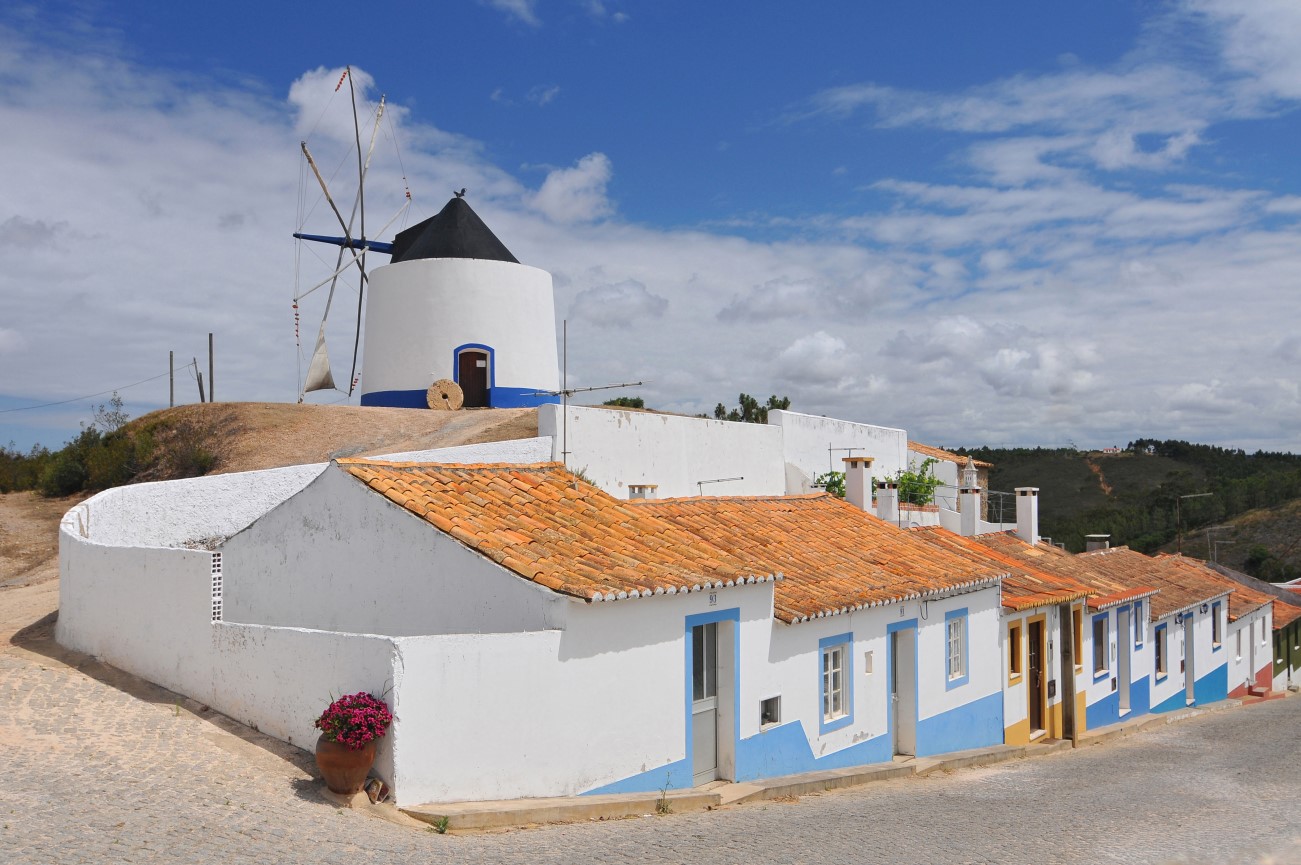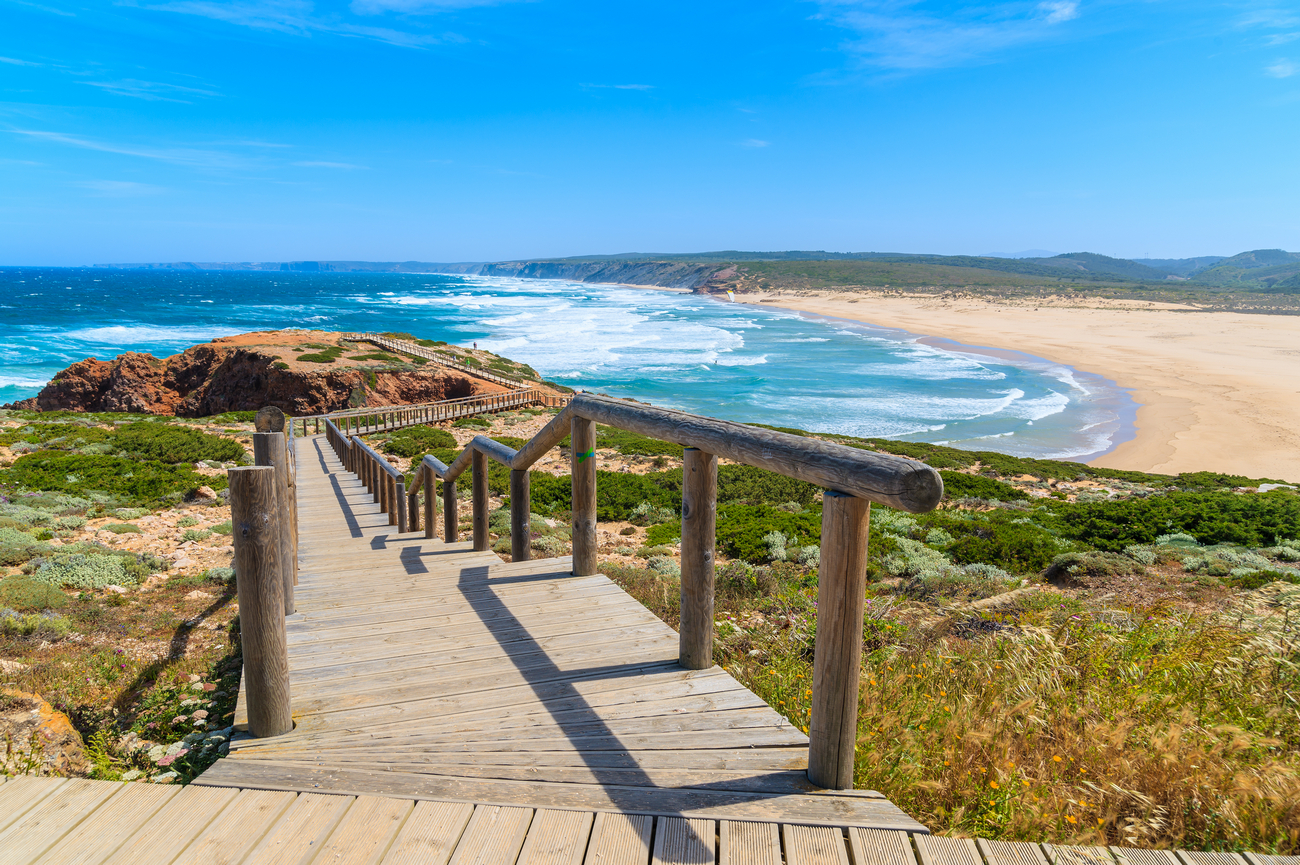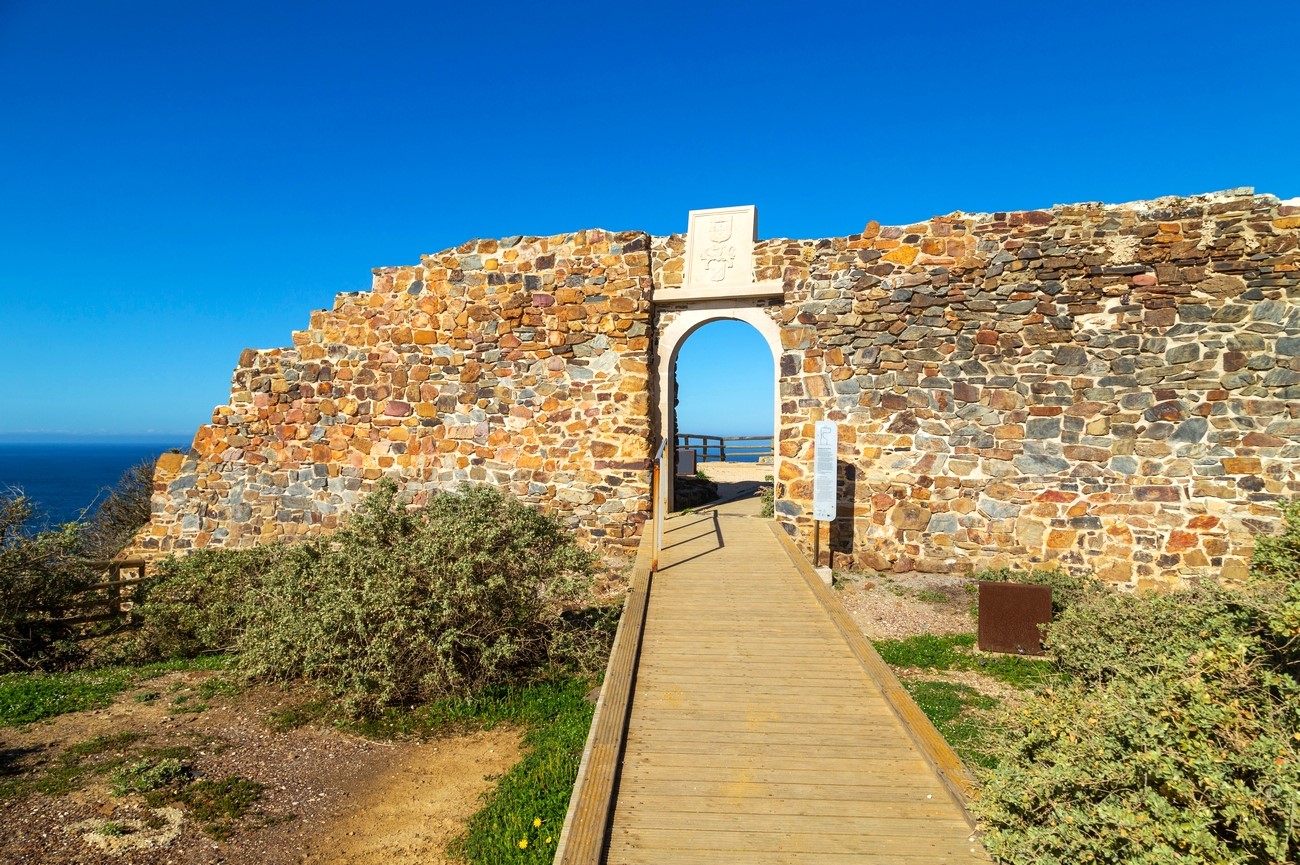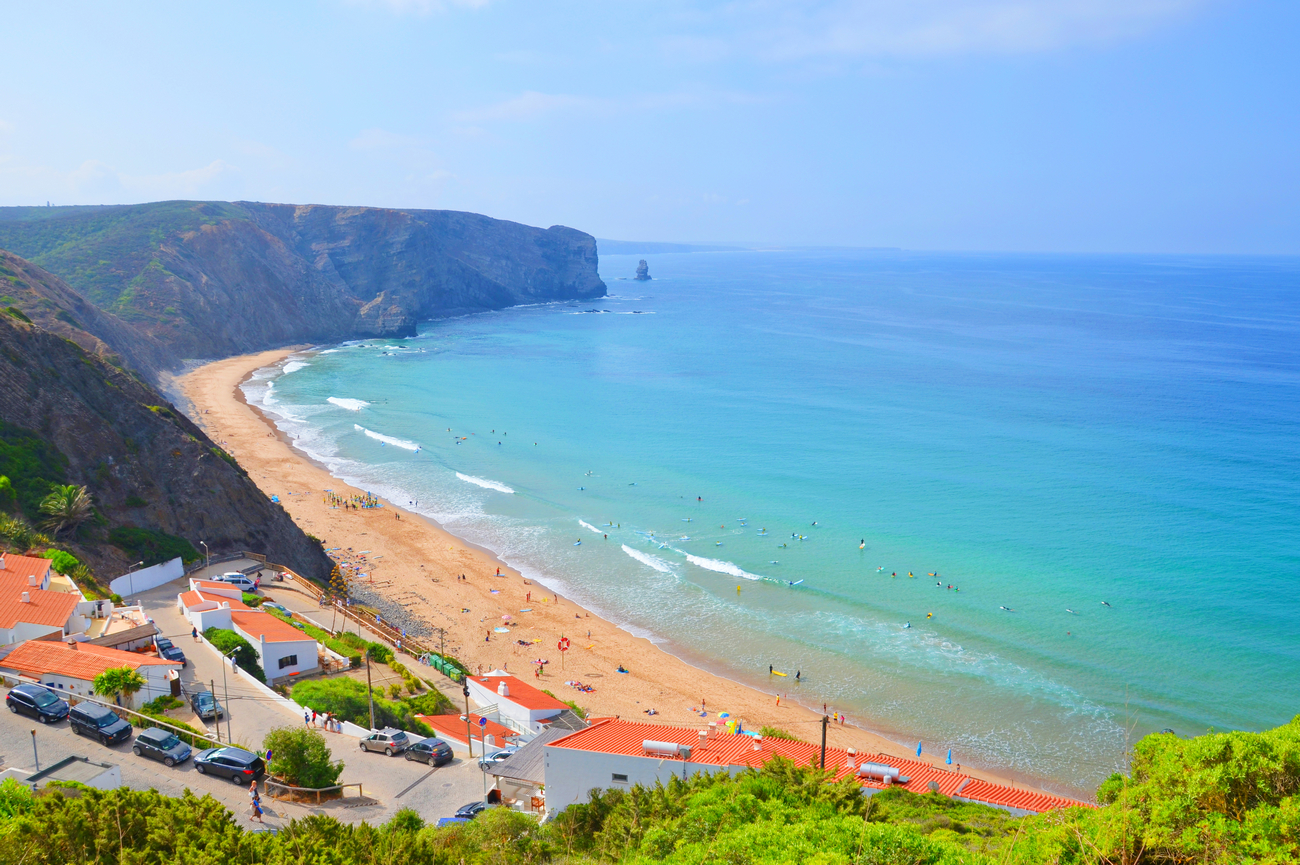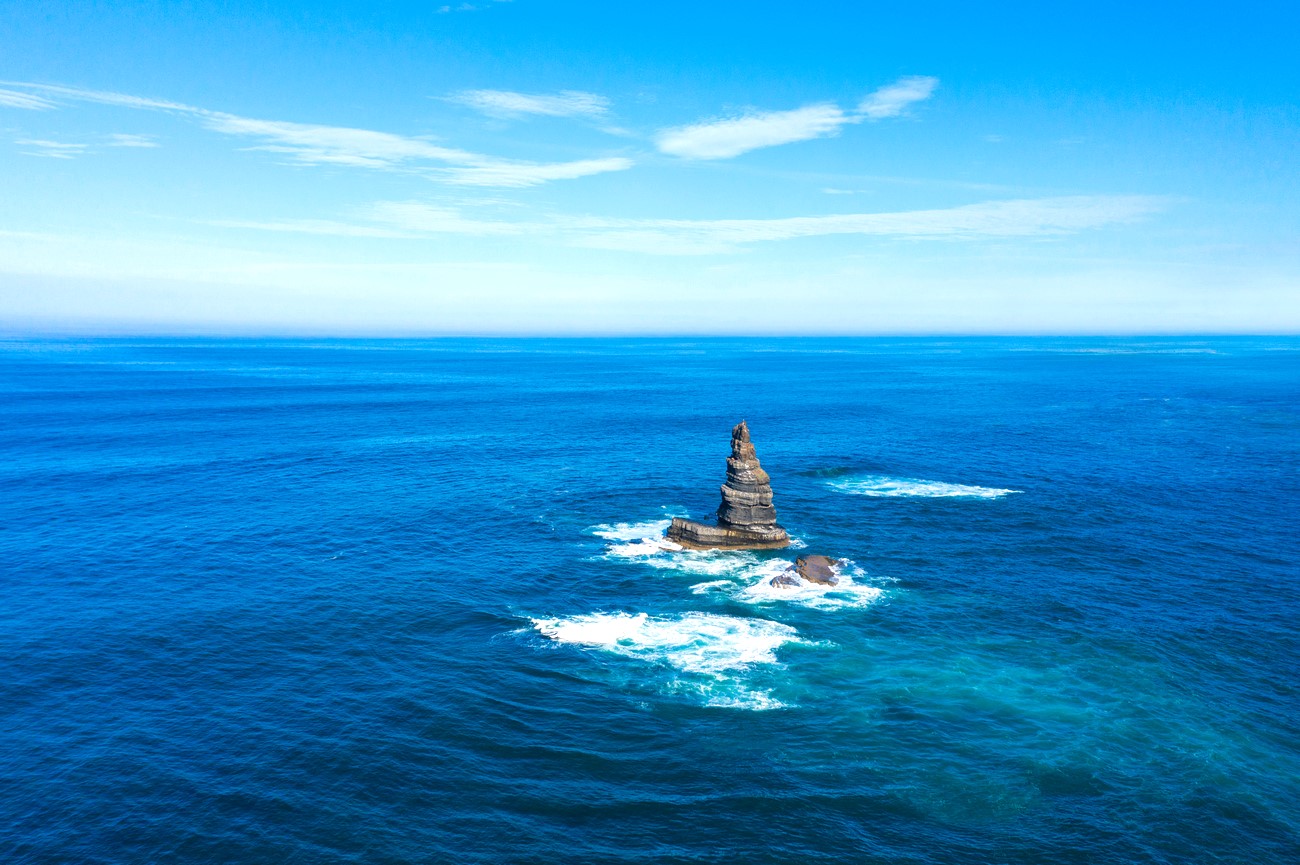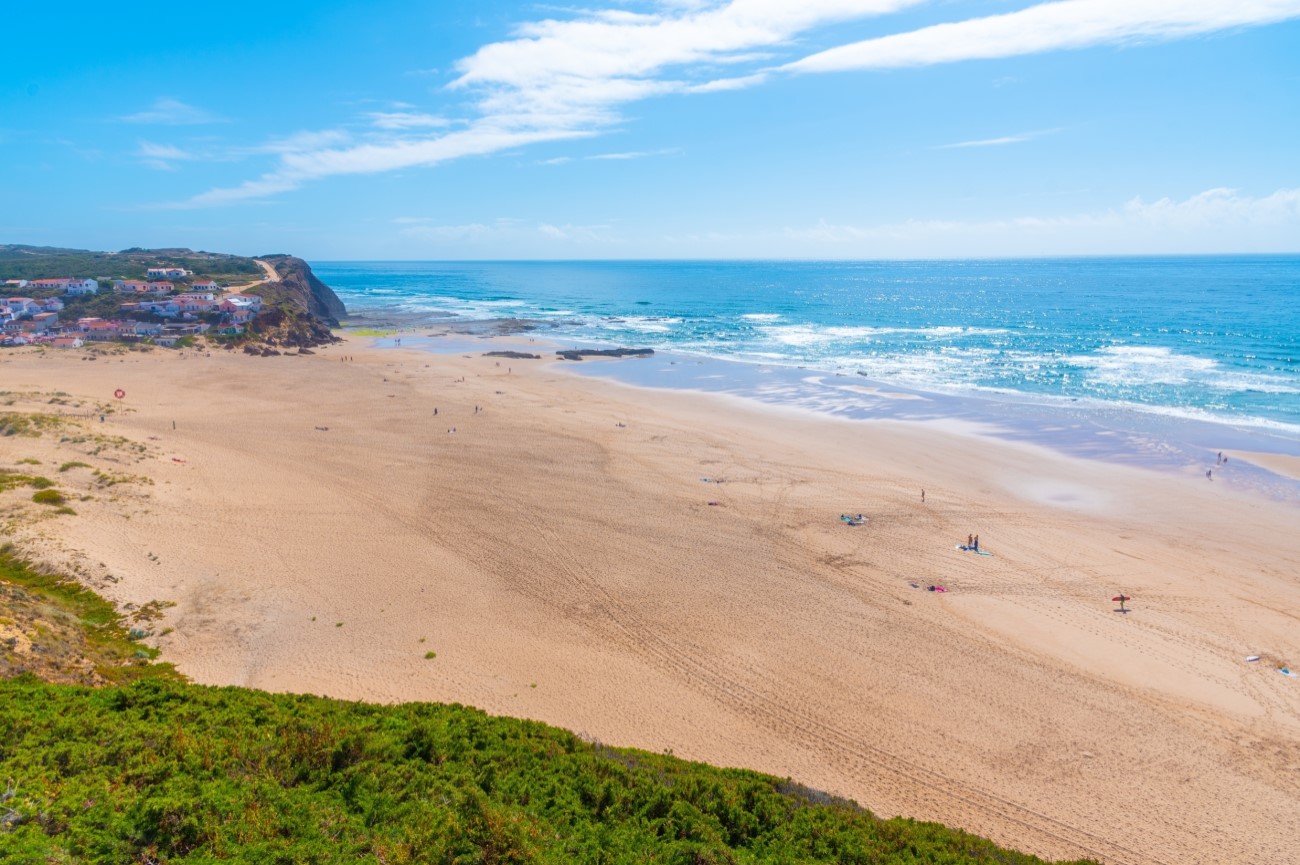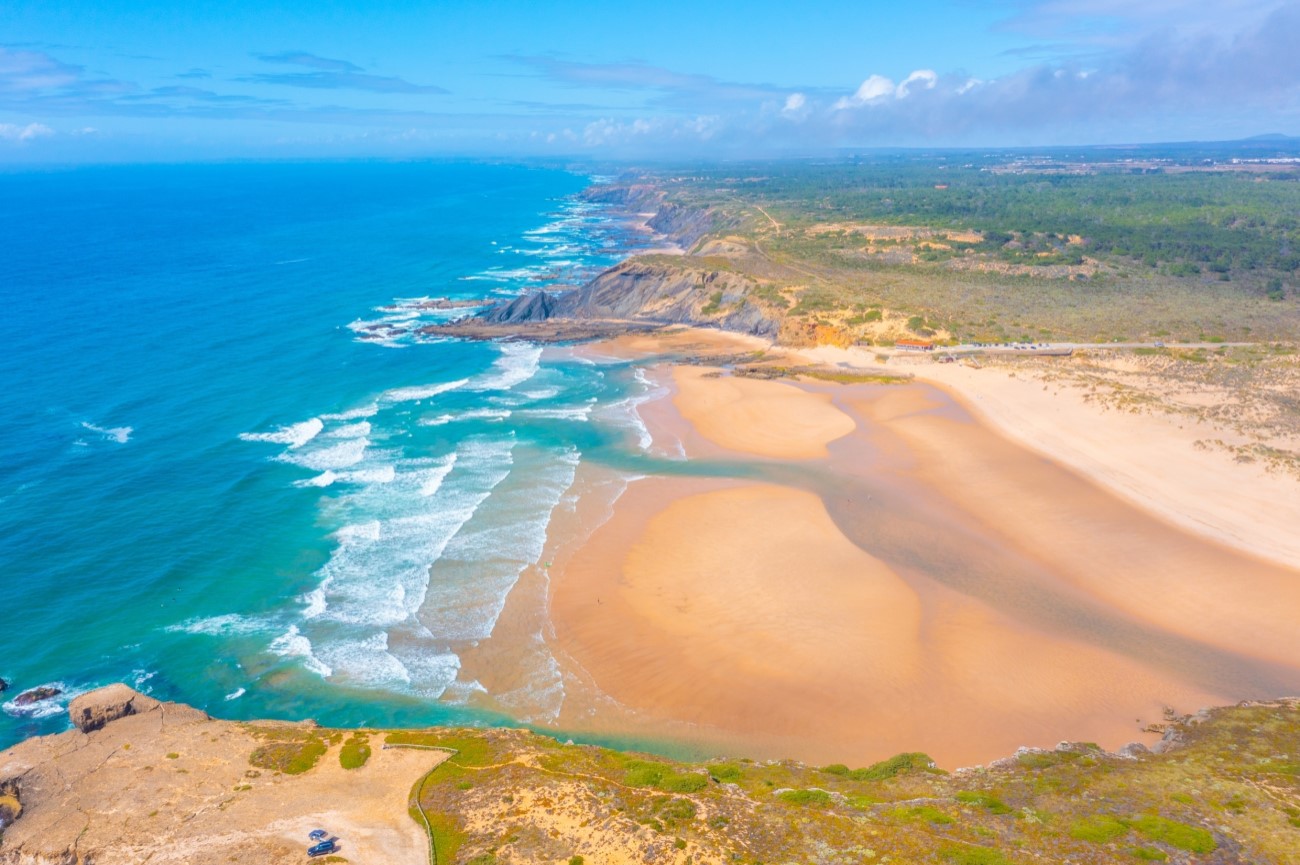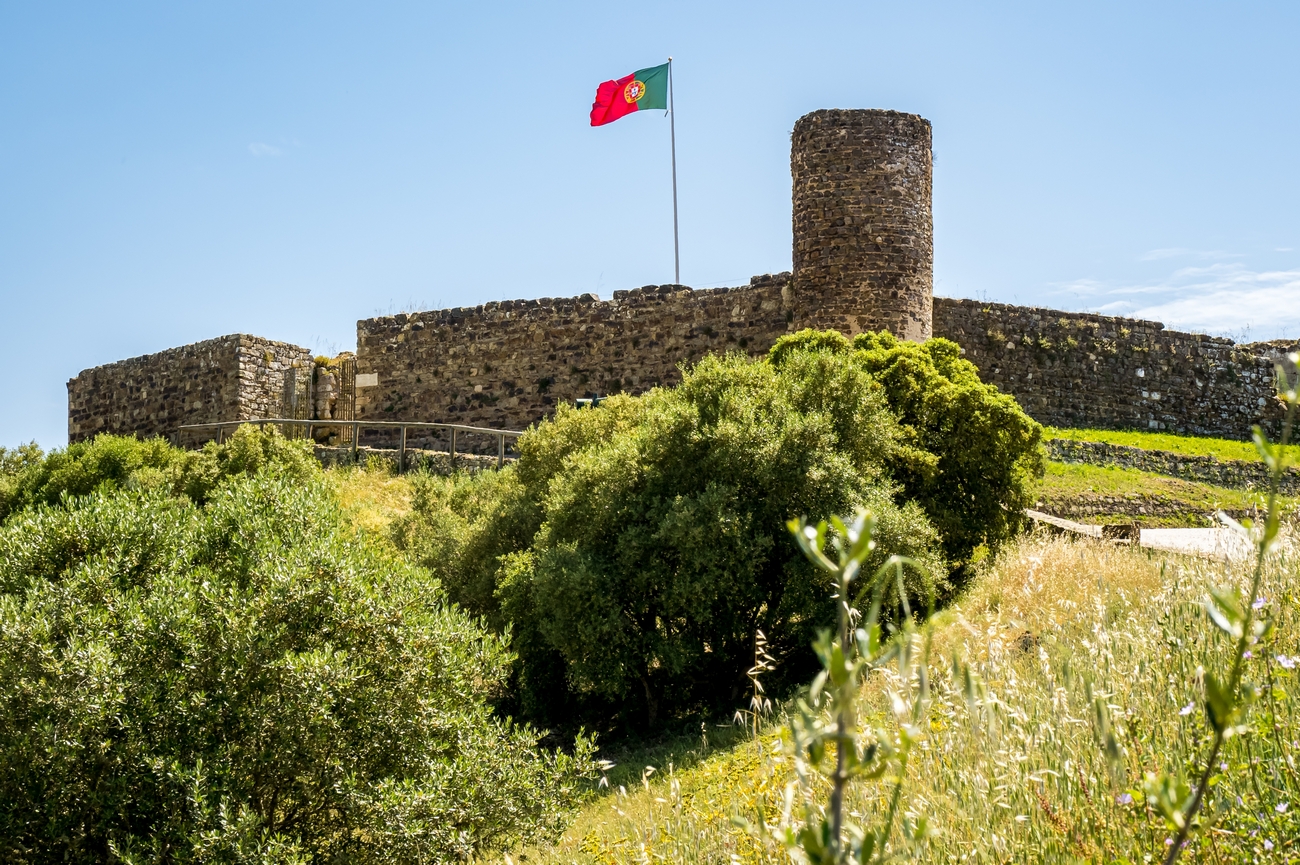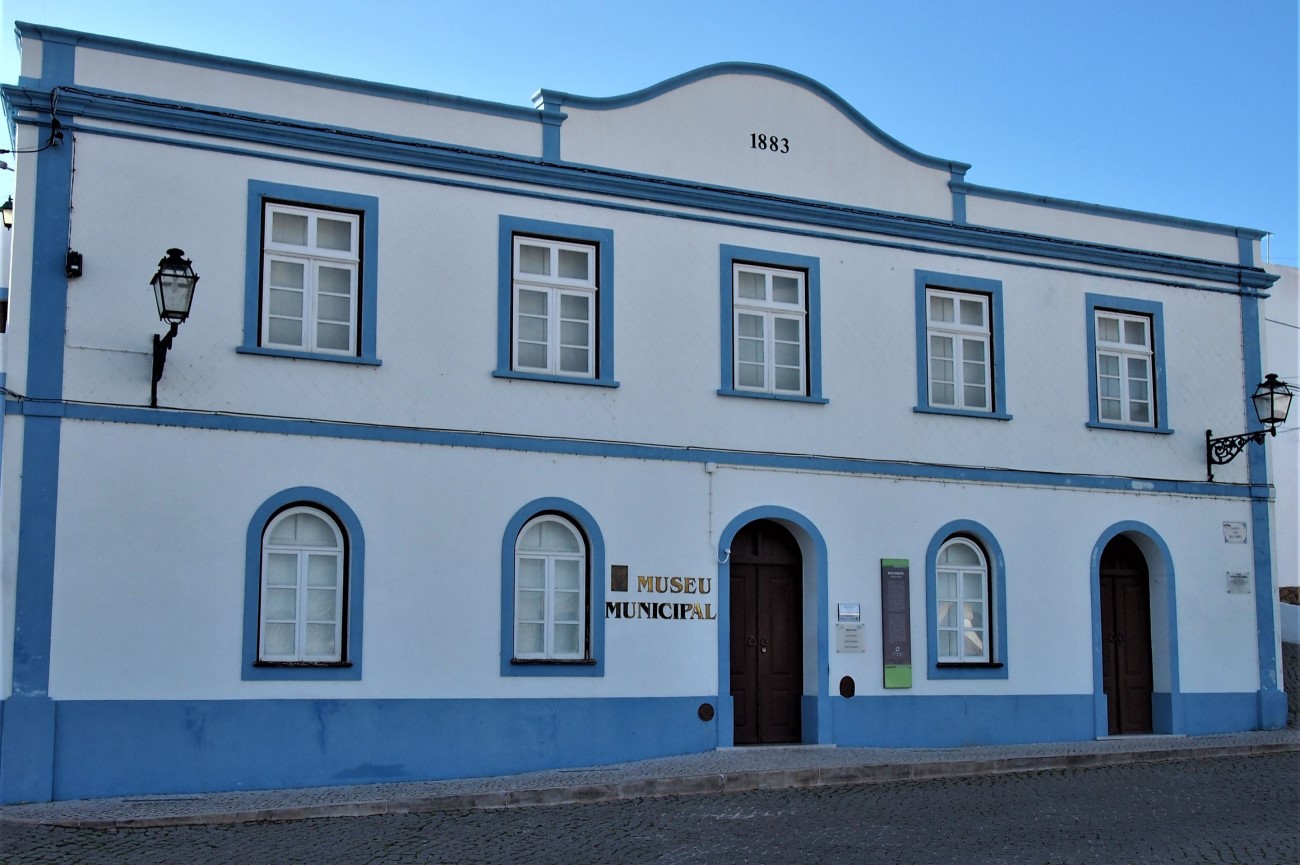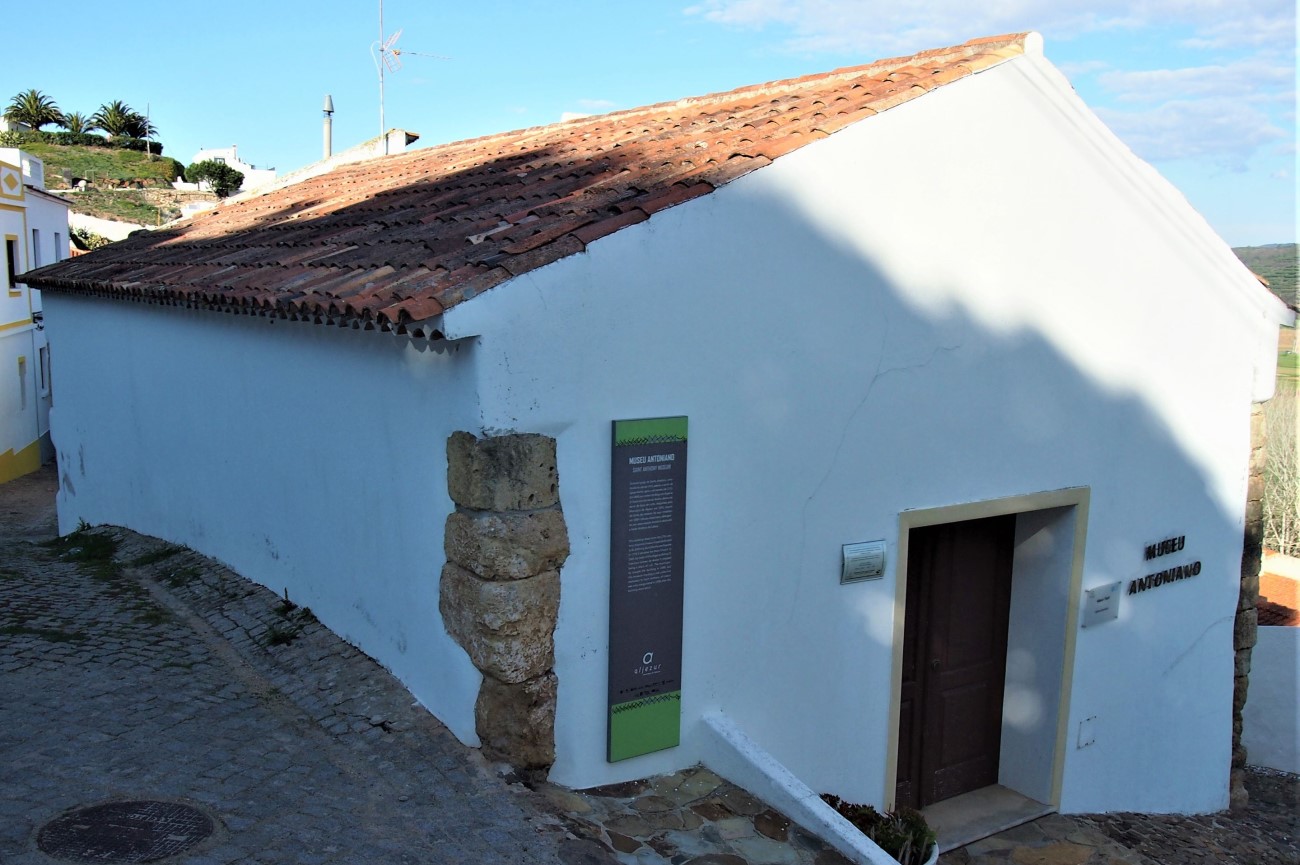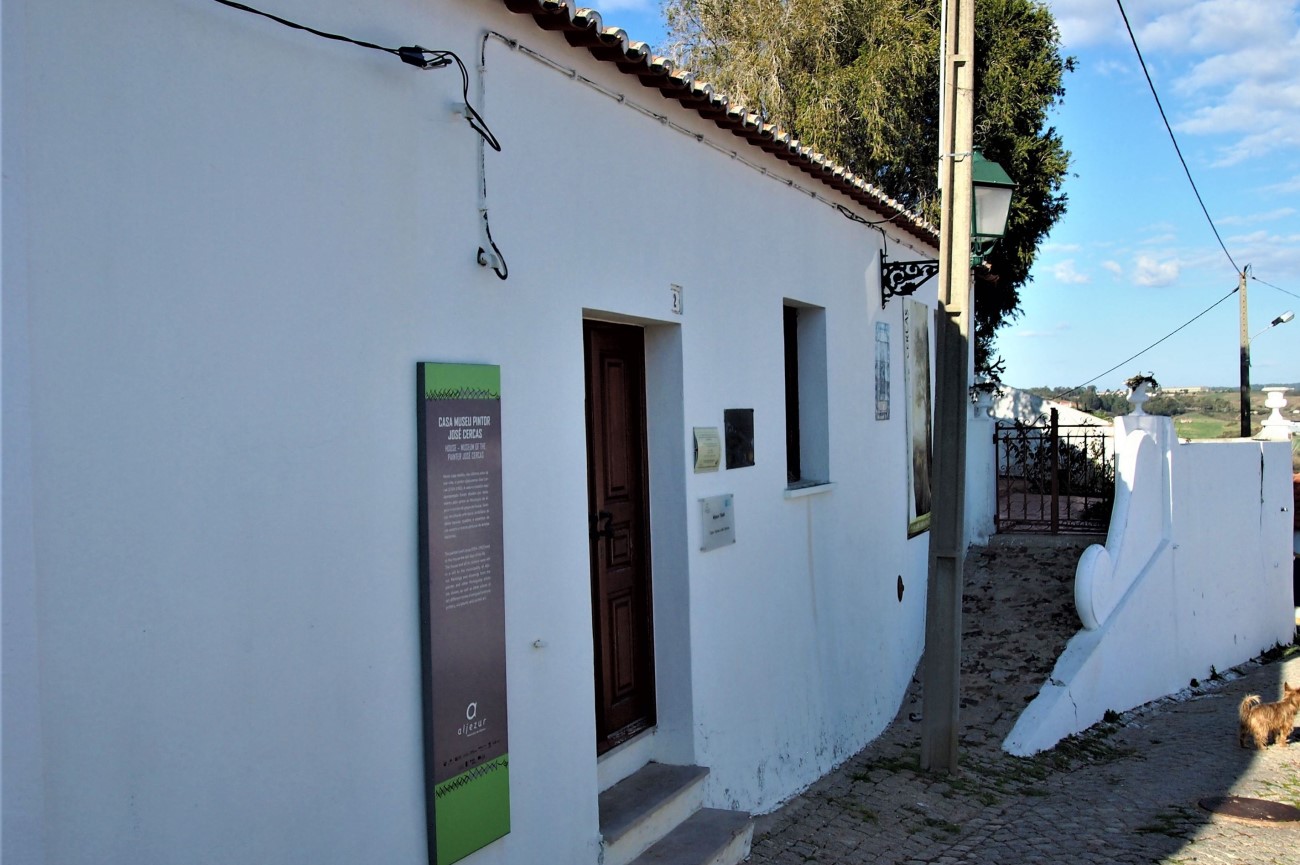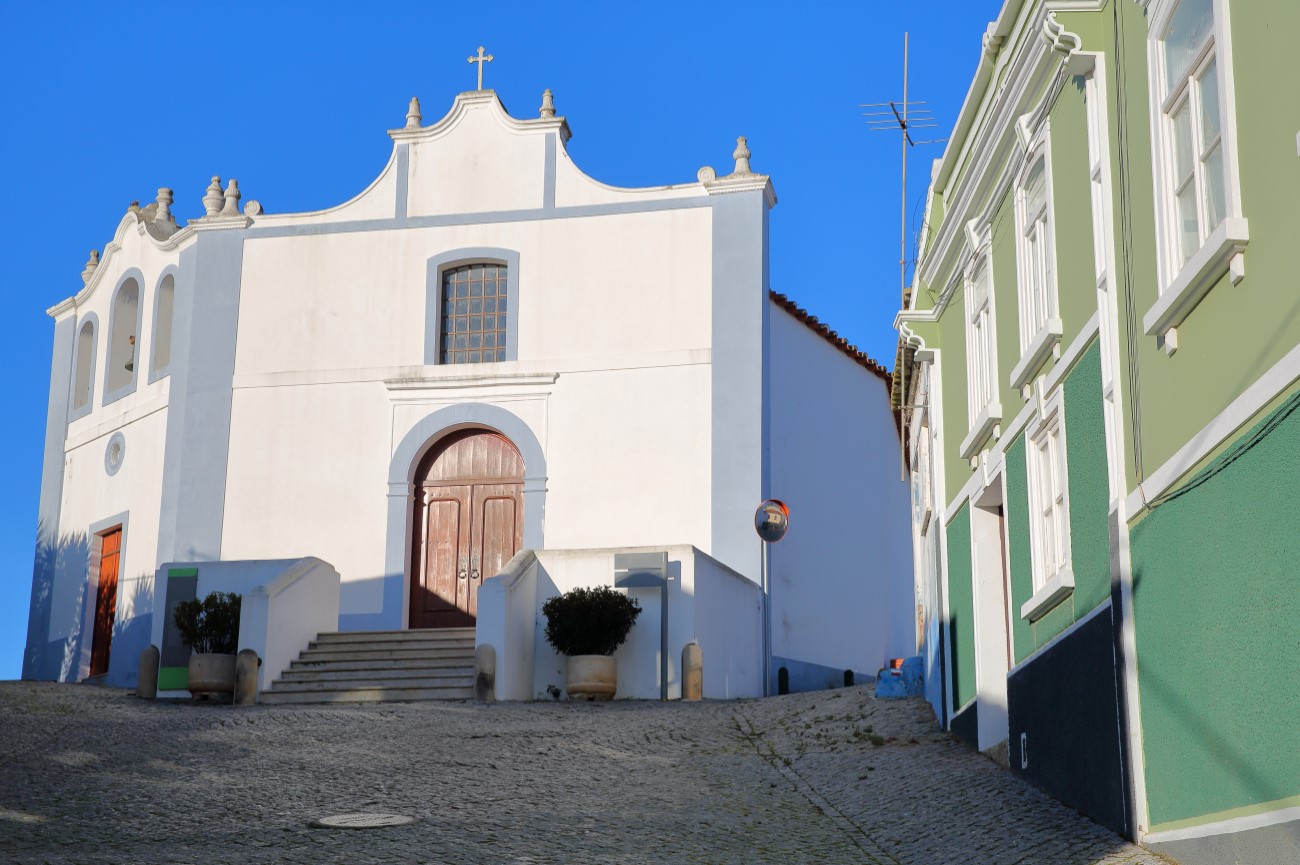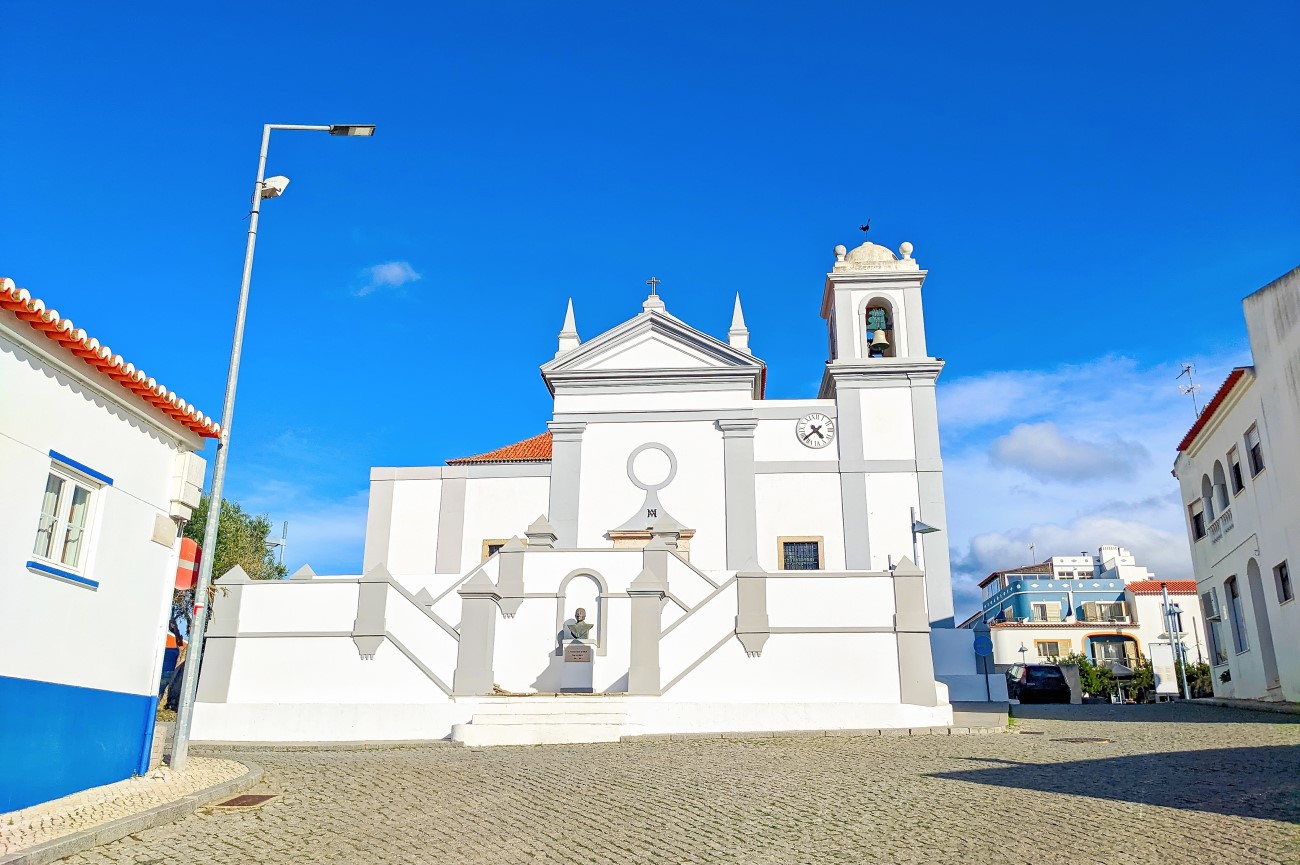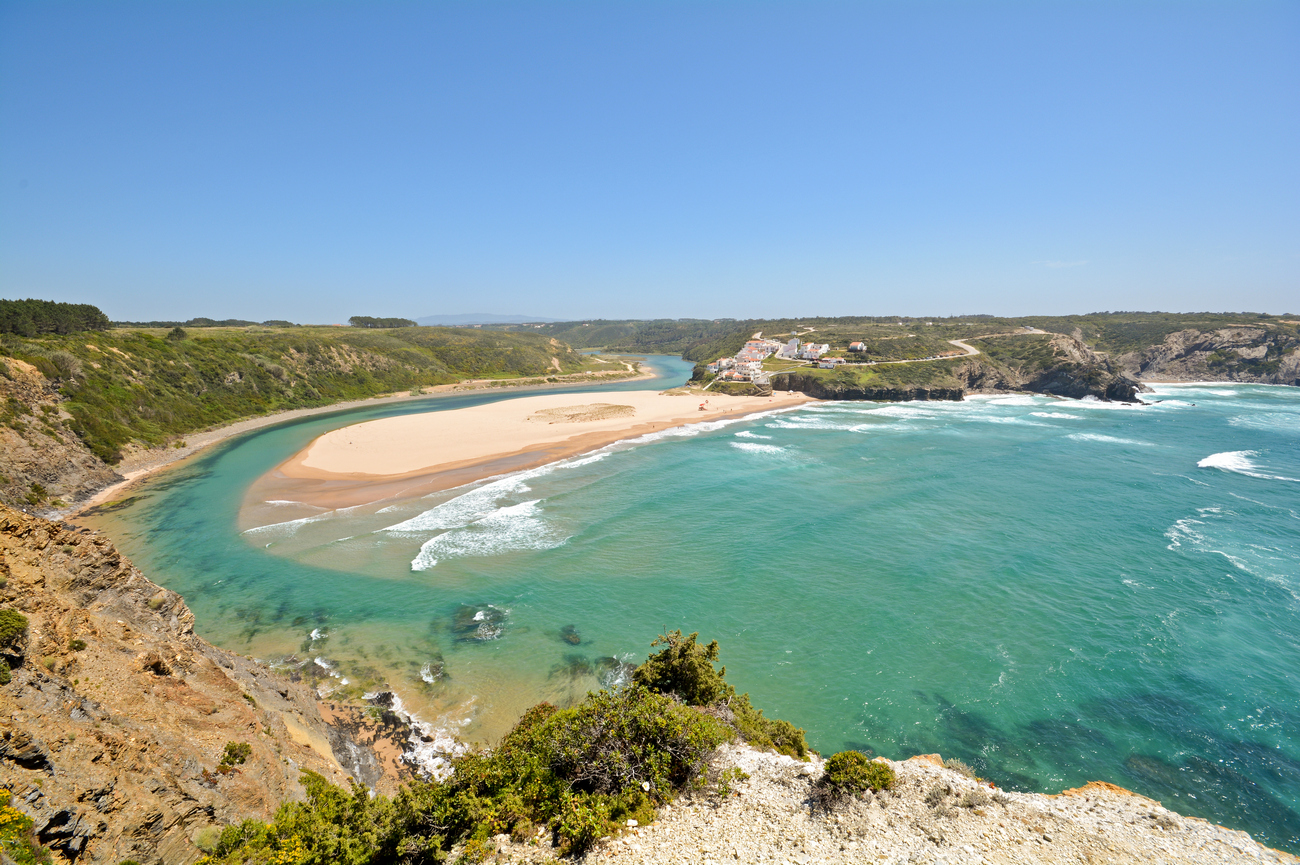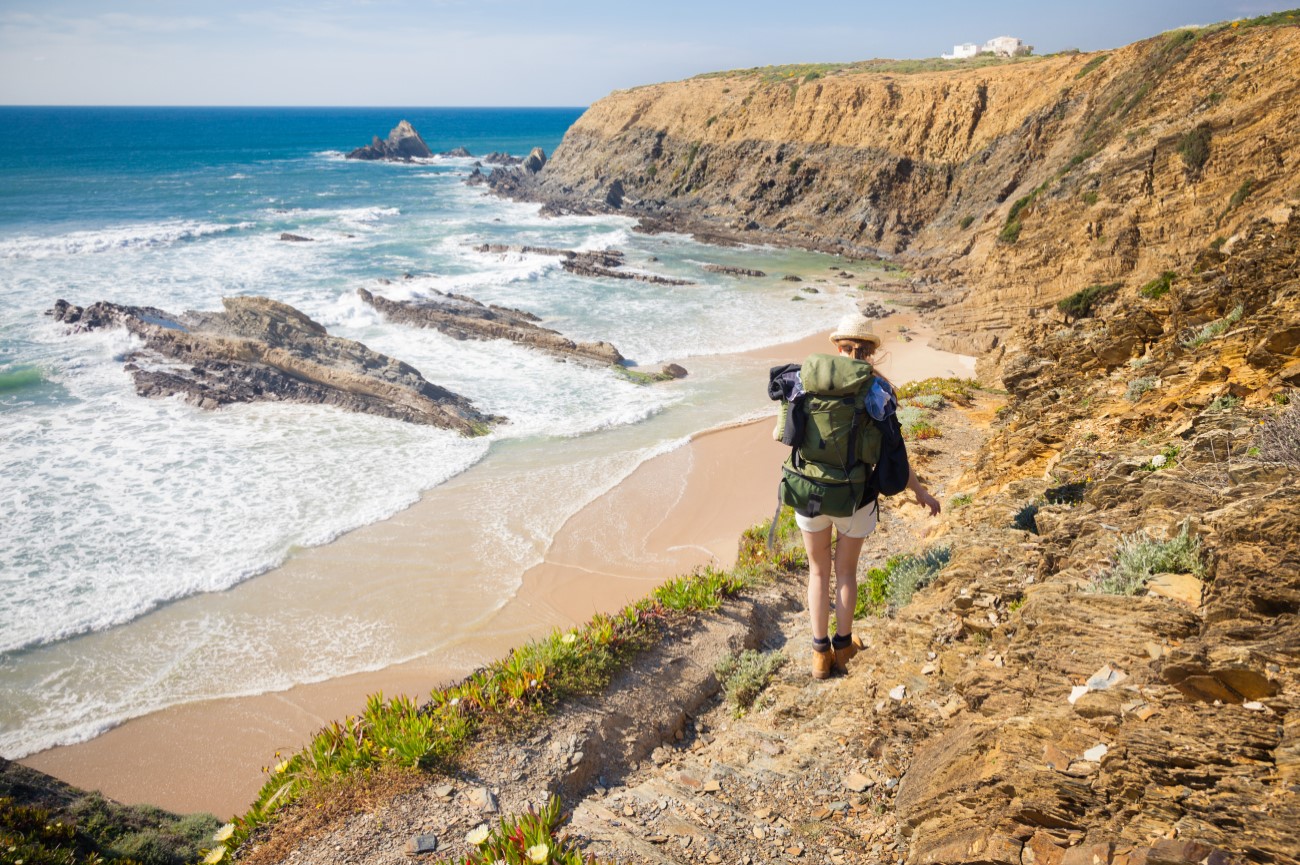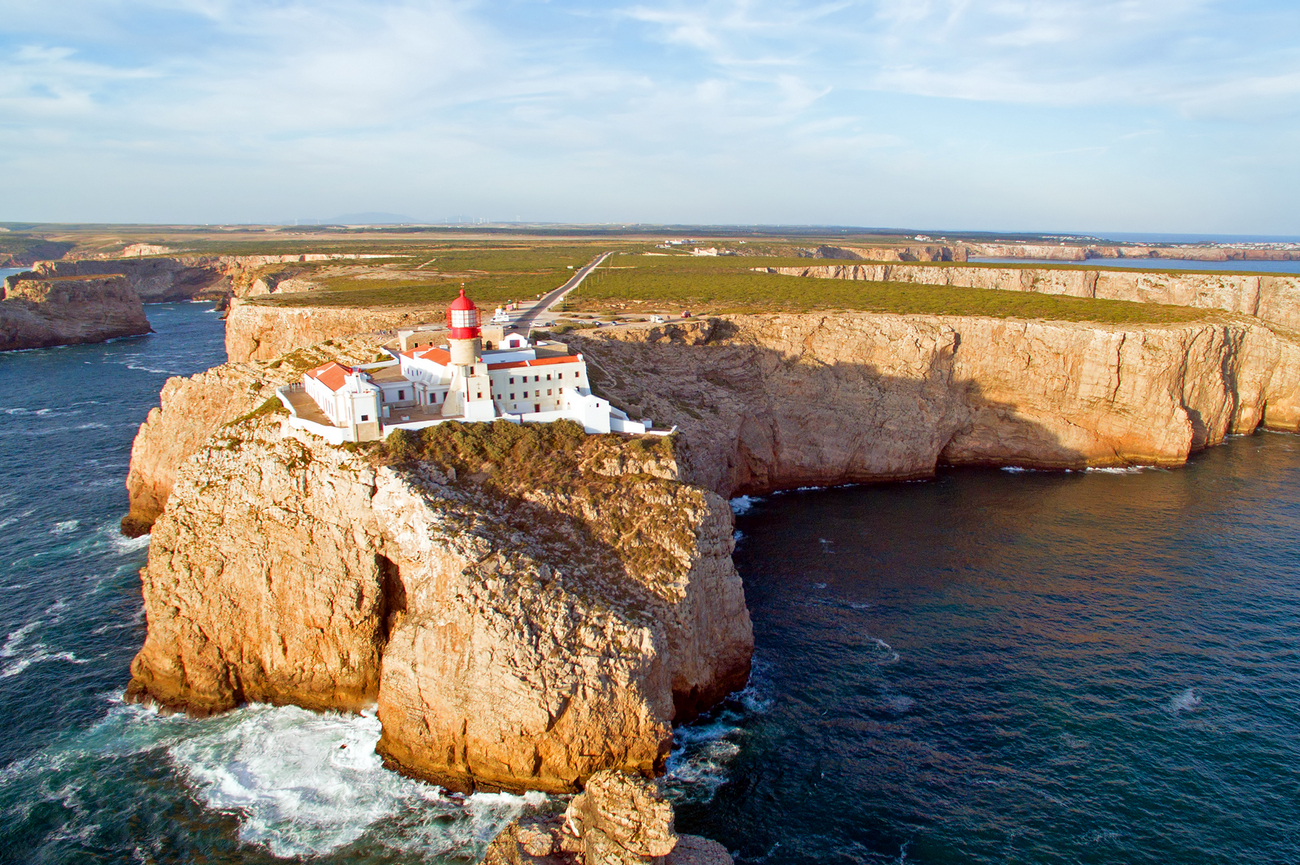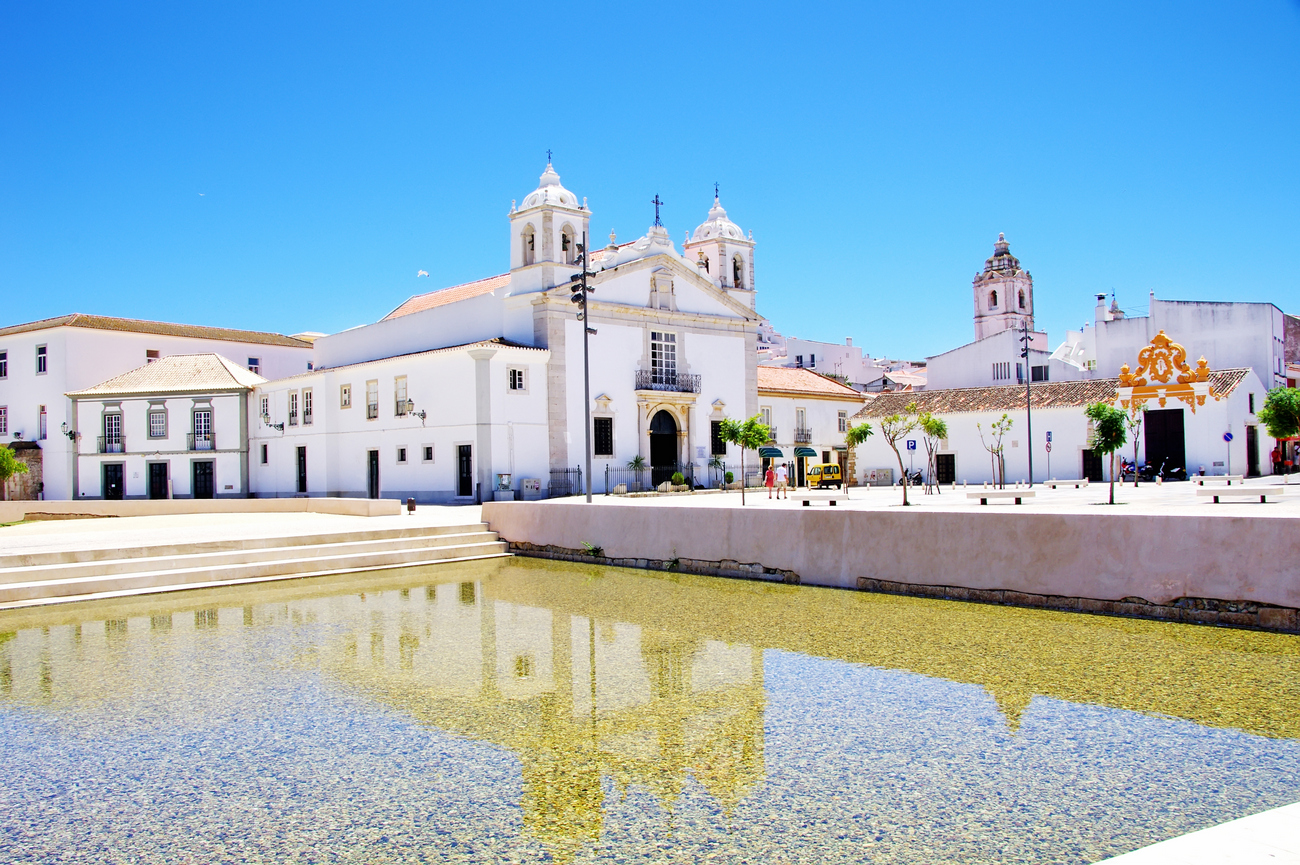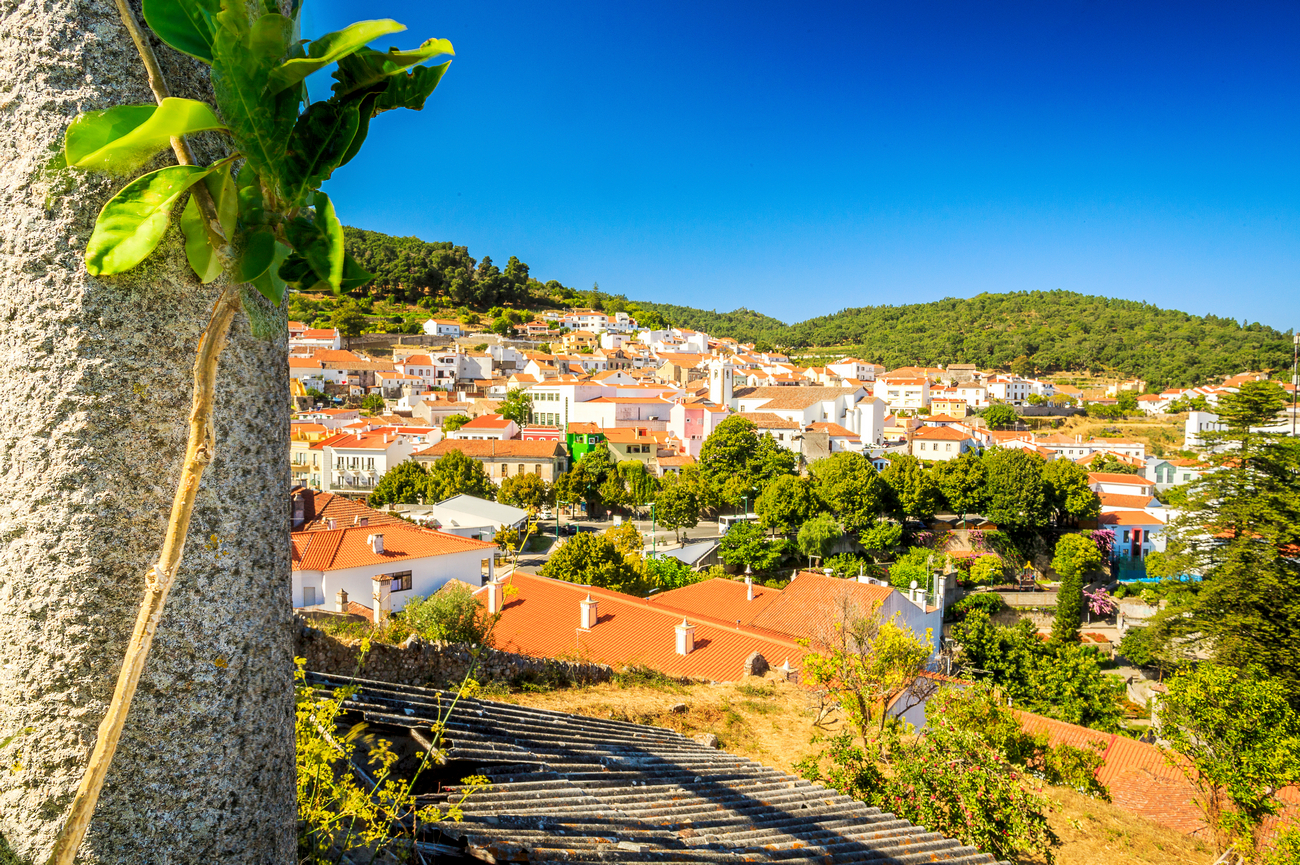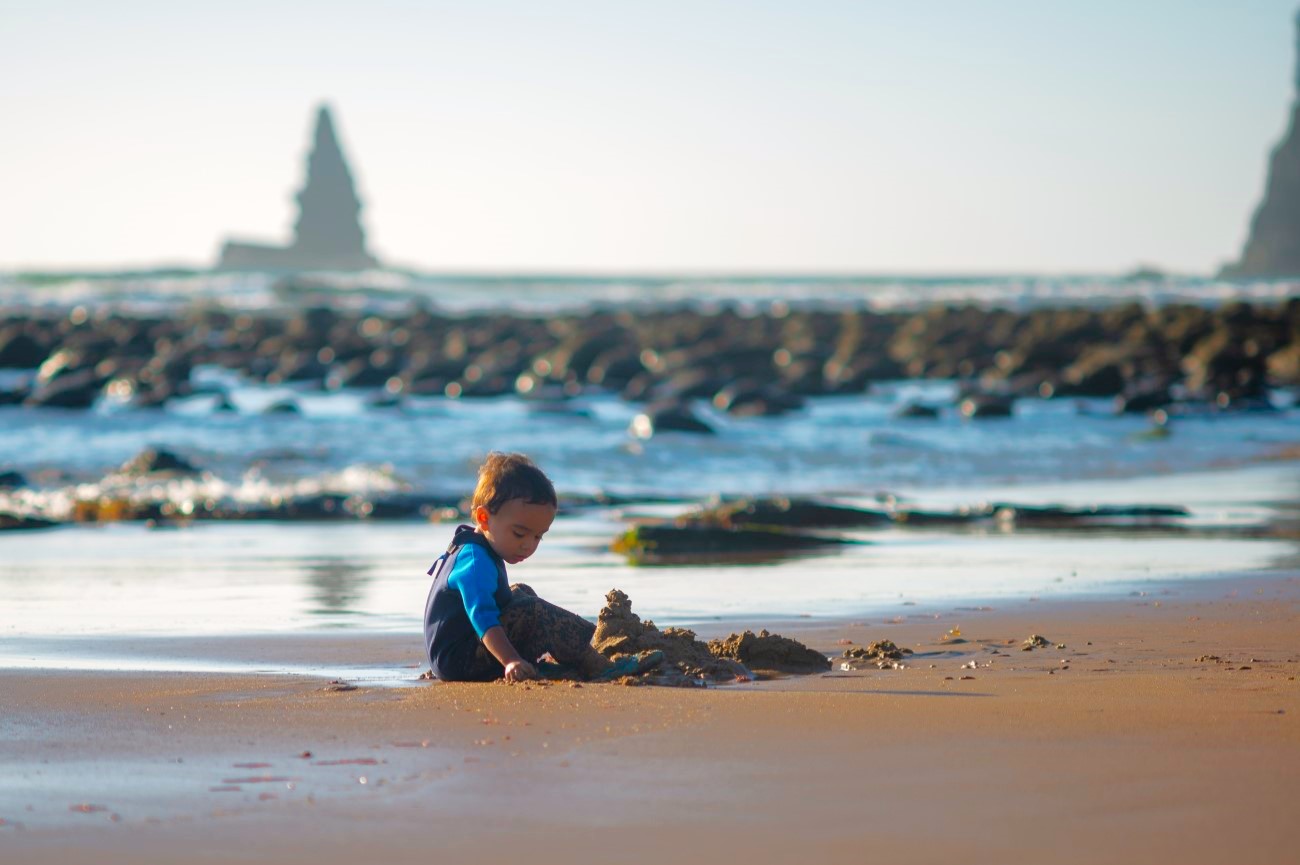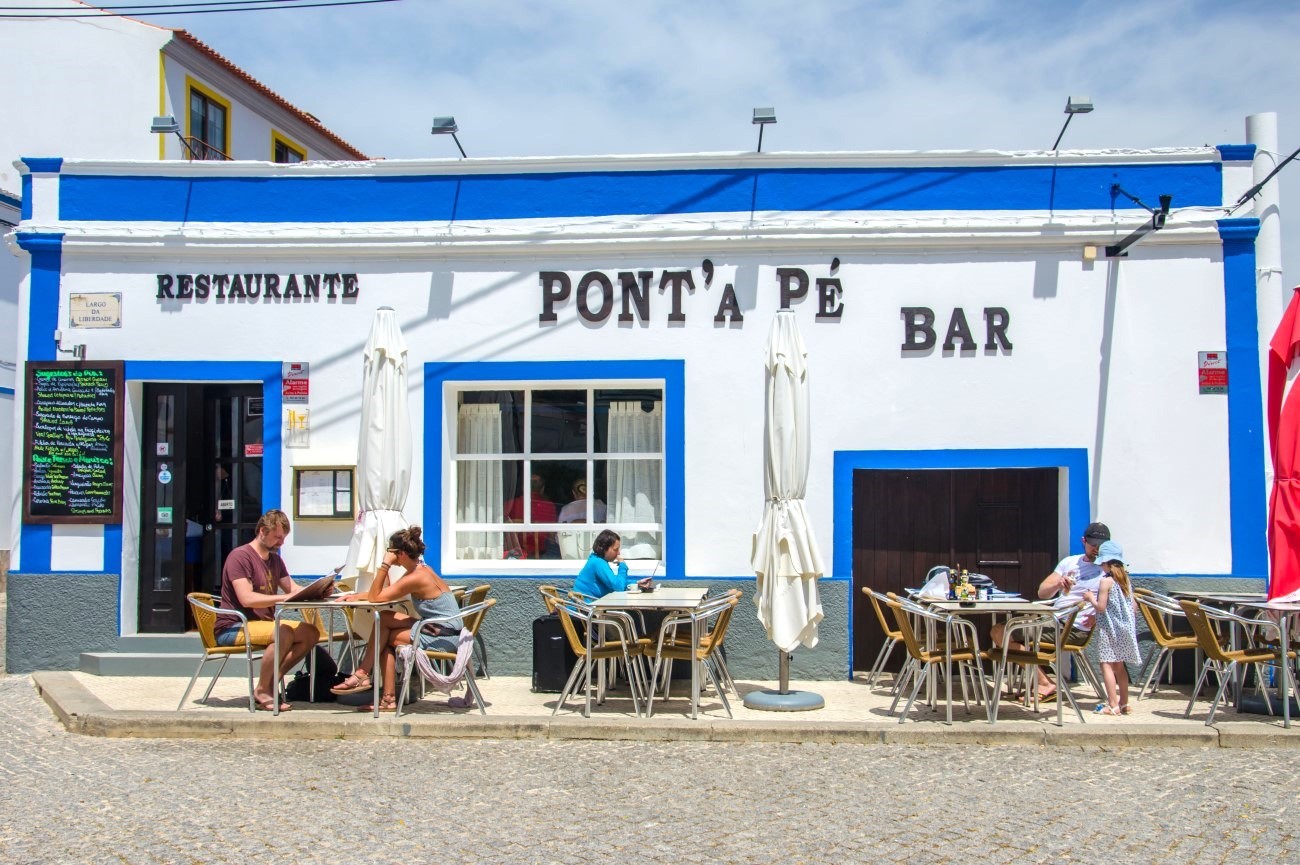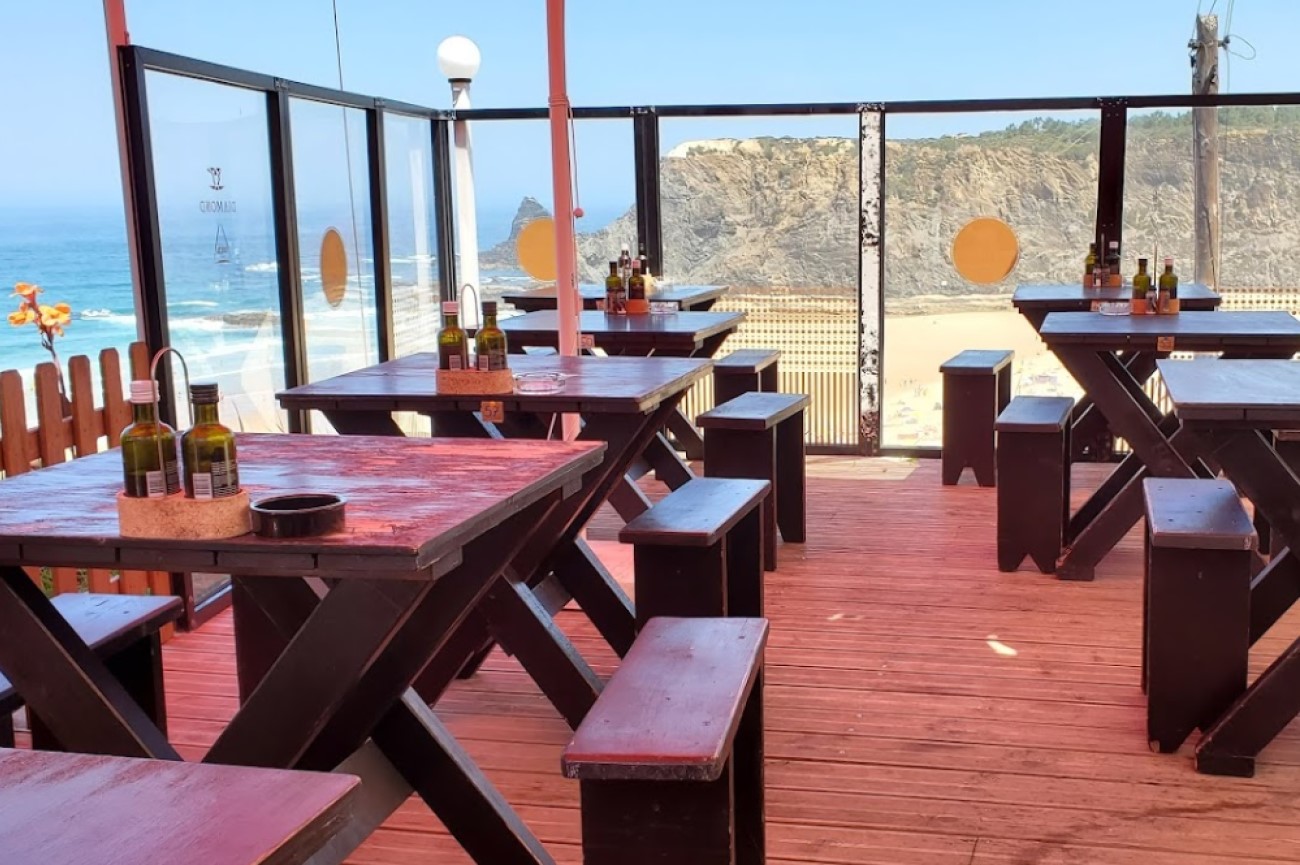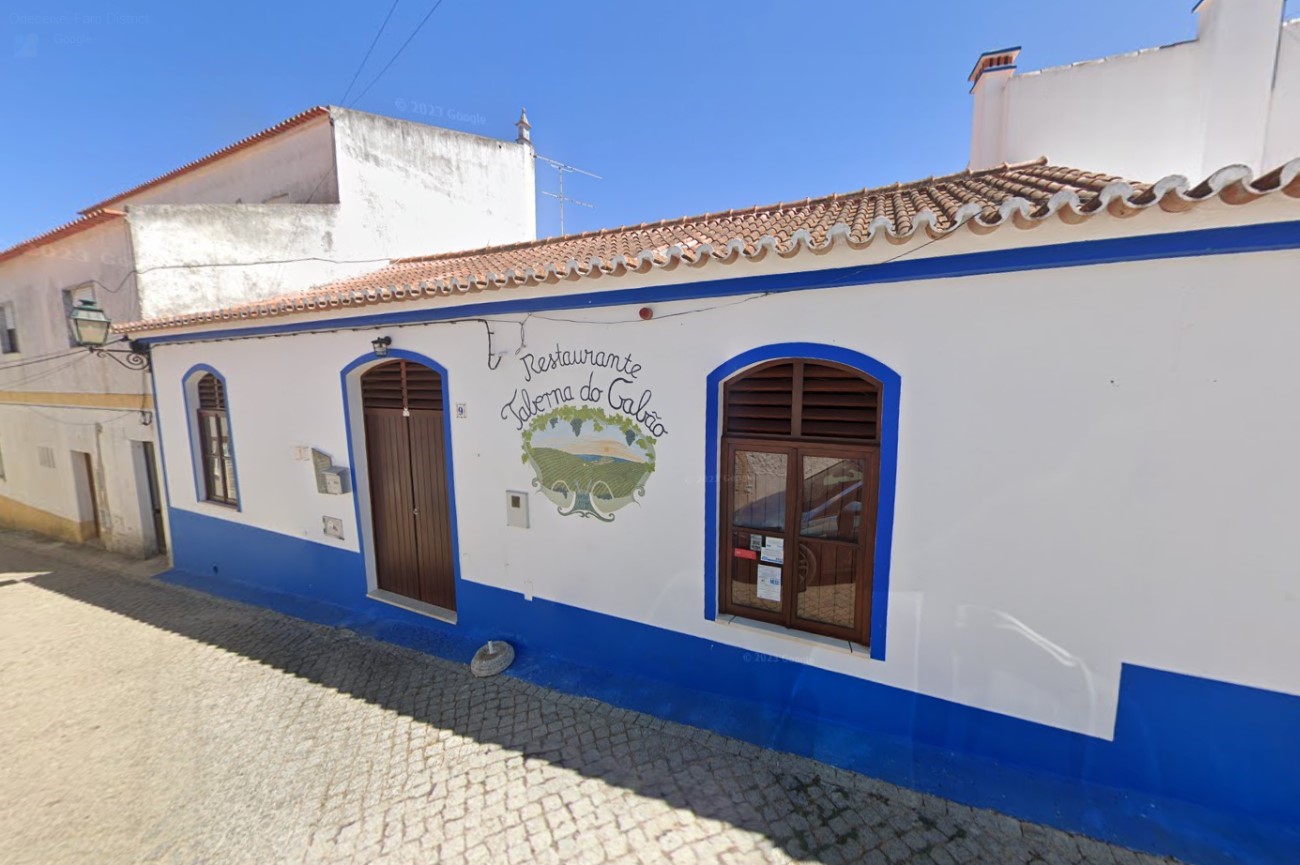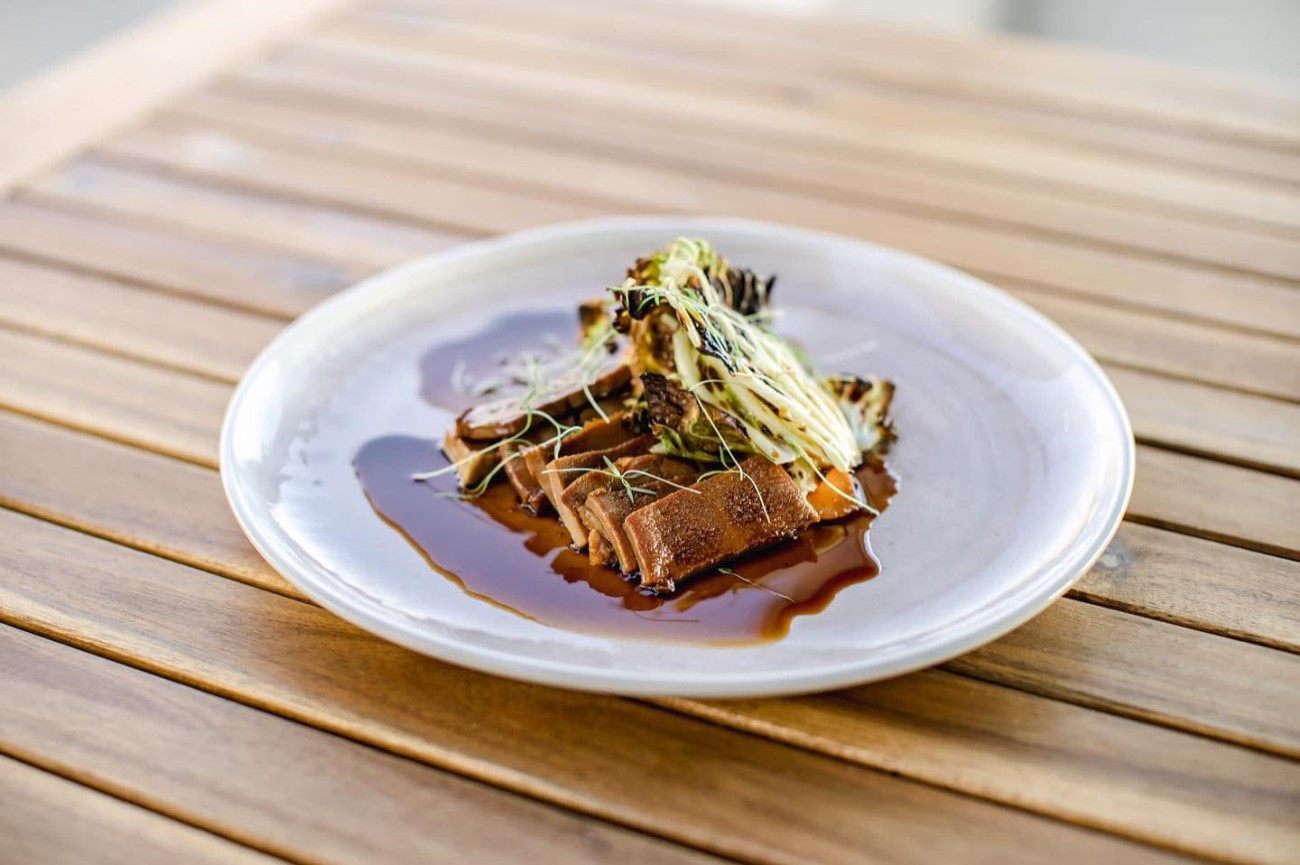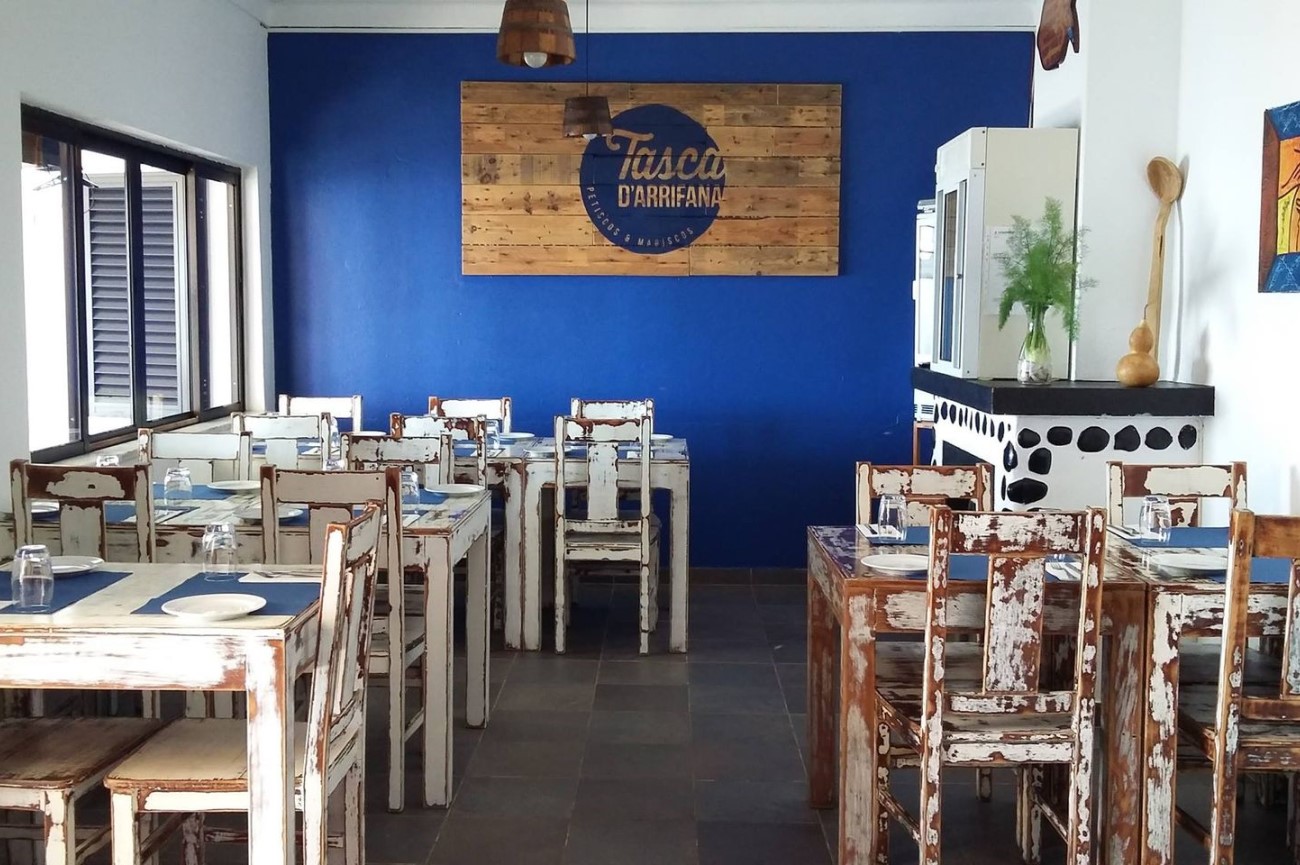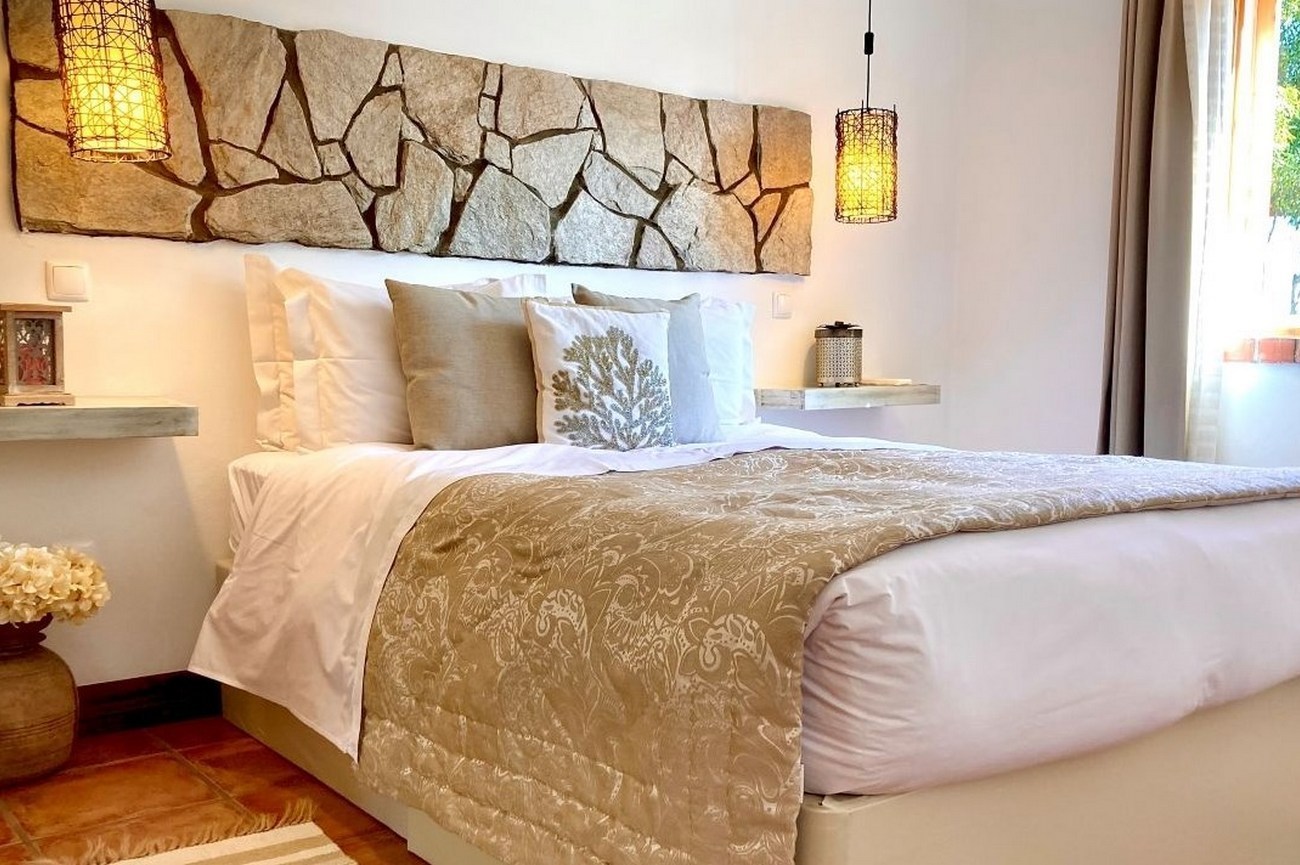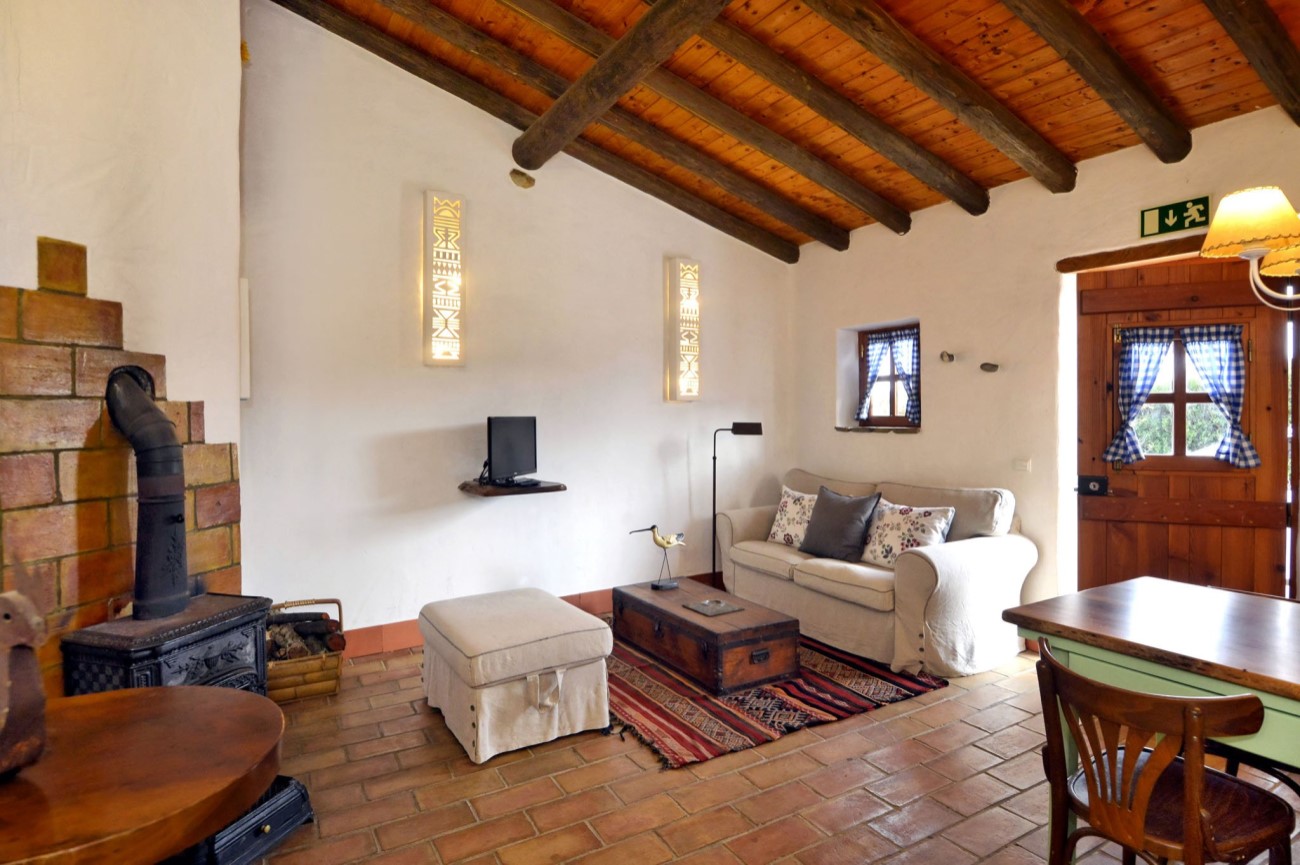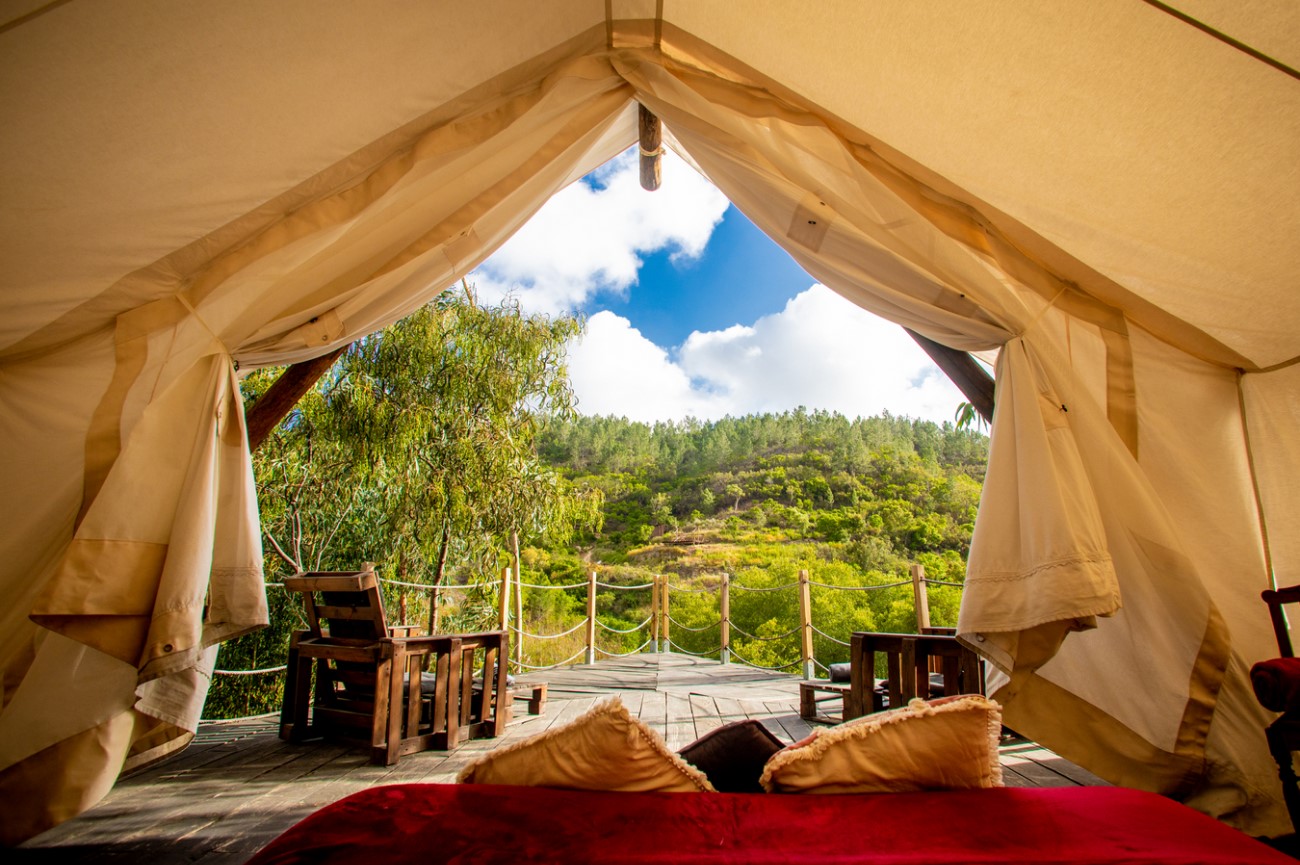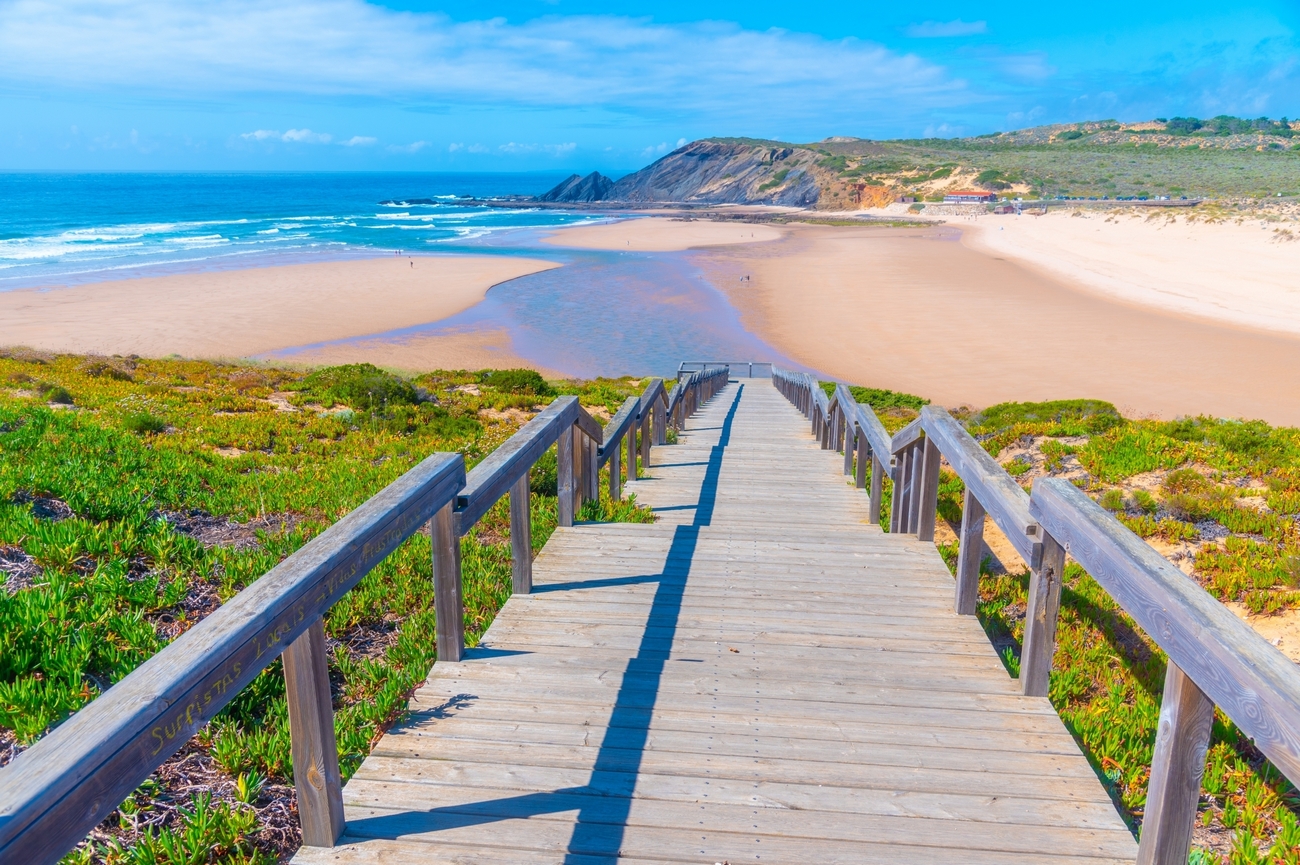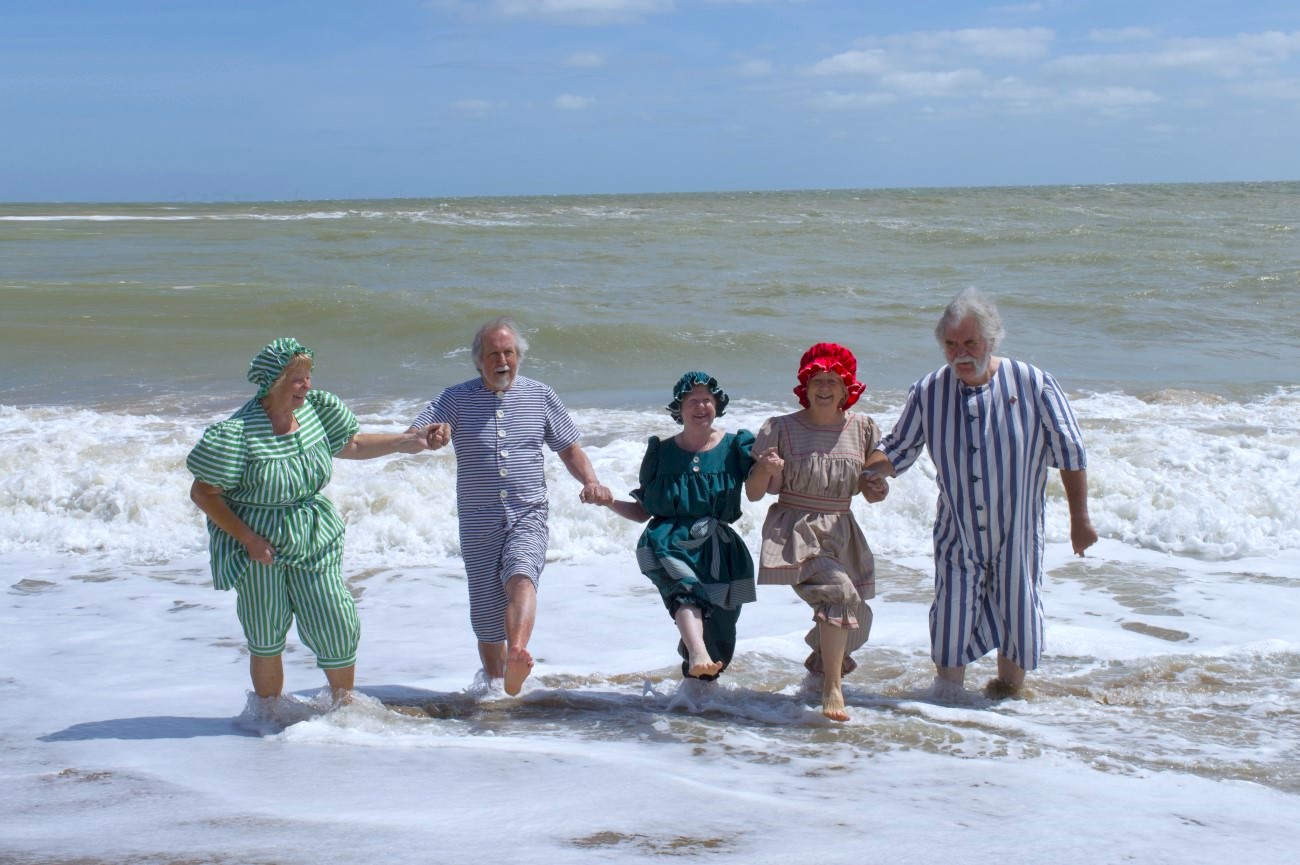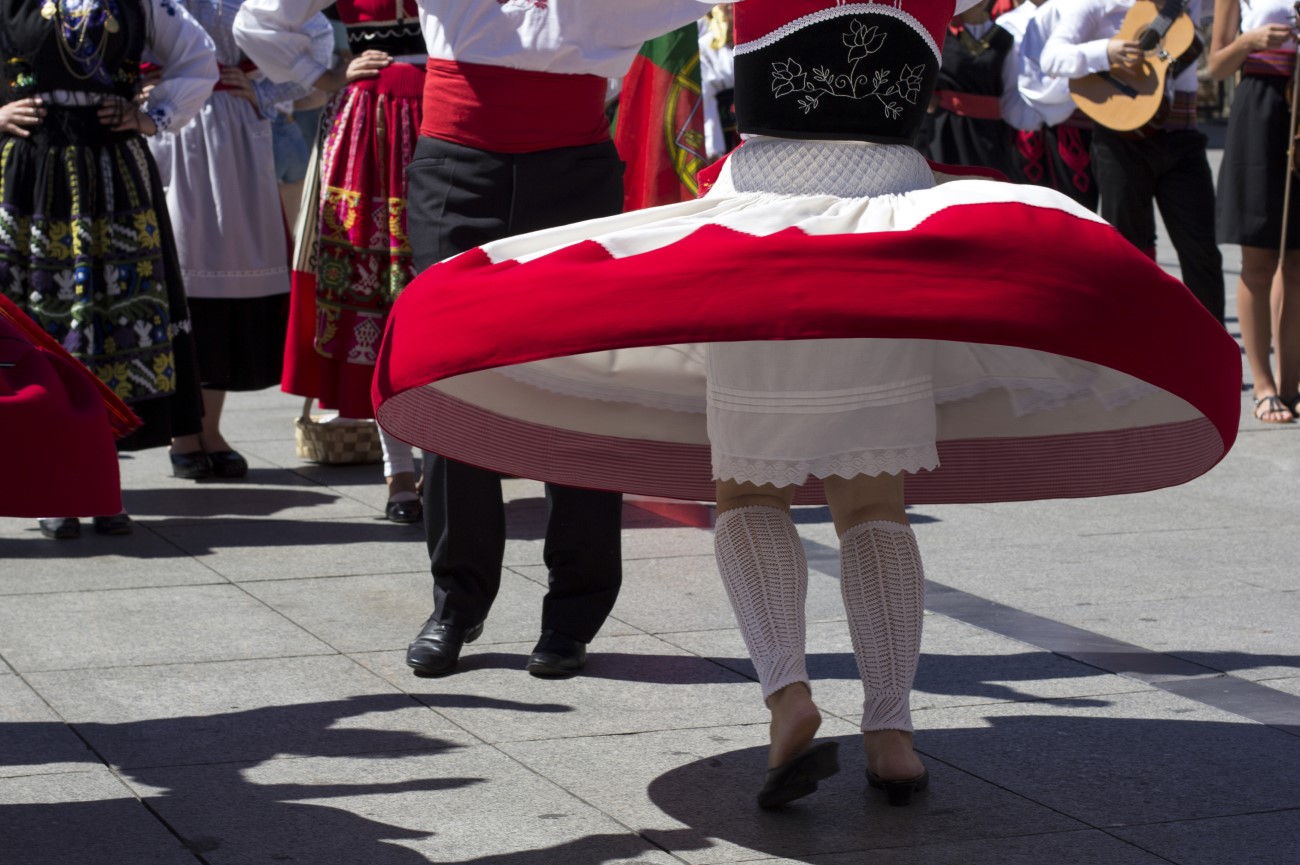Things to do in Aljezur - 1-day itinerary
Set amongst the hills of the Costa Vicentina National Park, Aljezur is one of the most peaceful regions of the Algarve. The most important landmark here is the castle, which dominates the old town centre, offering sweeping views of the countryside and the ocean. But there are also charming churches, museums and plenty of beaches to explore.
Our itinerary below showcases the best things to do in Aljezur, so you can make the most of your stay.
Day 1

Morning: Carrapateira
Carrapateira is a tiny village on the west coast popular among surfers and bodyboarders. From here, you can access the Praia da Bordeira, one of the largest beaches in the Algarve, especially at low tide. Sometimes the nearby stream flows into the sea, forming a small lagoon ideal for children.
Fortaleza da Arrifana
Continue along the coast until you reach the Fortaleza da Arrifana. Not much remains of this 17th-century fortress, that was once a defensive post against invaders and a protected ground for tuna fishing. These days, it acts more like a viewpoint where you can contemplate the ocean and the rugged cliffs bordering the coastline.
Praia da Arrifana
Near the fort is Praia da Arrifana. Stretching for half a mile, this beach has a horseshoe shape, meaning it’s sheltered from much of the winds that batter the west coast. On the south end of the beach is a striking stone known as Pedra da Agulha (Needle Stone) jutting out from the water. Meanwhile, the northern section is popular among scuba divers thanks to its crystal clear water. There’s also a surf school on-site where you can rent wetsuits and boards or book a lesson.
Beyond Arrifana, the most popular beaches in Aljezur are Praia do Monte Clérigo and Praia da Amoreira, a bit further up. The whole area is part of the Costa Vicentina National Park, and there are plenty of nature treks and mountain biking tours to follow around the hills, allowing you to see foxes and badgers in their natural habitat. Check Rota Vicentina for more details on routes.
Castelo de Aljezur
Drive to the centre of Aljezur, following the narrow road leading to the castle, which is free to visit. It was built during the 10th century and was occupied by the Moors until the Christian reconquest in the 13th century. From here, you can see the whole town of Aljezur, the river and the bridge separating the old town from the new town.
Aljezur Museums
While in Aljezur, you can check some of the town’s museums. Visit the Museu Municipal in the old town to see some ancient artefacts uncovered in the area and then stop by Casa-Museu Pintor José Cercas. This was once the home of local painter José Cercas, and you can see great examples of his work inside.
Afternoon: Igreja da Misericórdia
Still in the old town, you can tour the Igreja da Misericórdia, a 16th-century church that was rebuilt after the 1755 earthquake. Attached to the church there is a small Sacred Art Museum which showcases a great collection of religious art.
Igreja Matriz de Nossa Senhora da Alva
Cross the river to the new town and head to the Igreja Matriz de Nossa Senhora da Alva, also known as the New Church. This area was created to relocate the population after the old town was affected by an outbreak of malaria in the 18th century. Around the church, there are several shops and cafés where you can sit down and enjoy the quiet atmosphere of the town.
Odeceixe
In the afternoon, make your way to Odeceixe, a sleepy town on the edge of the Algarve and the Alentejo. Drive down the valley until you reach the bay of Praia de Odeceixe. The beach almost seems like an island, with the river flowing on the right side and the sea on the left. Usually, there is only a handful of people in sight, and you can spot a few surfers in the water. Sit down at Café Dorita, a small café overlooking the beach and stay there a while gazing at the waves while sipping your coffee. Then head to the centre of Odeceixe and visit some craft shops and an old windmill which offers amazing panoramic views of the town.
Day 1 - Aljezur Tour Map
Day trips from Aljezur
- Costa Vicentina Natural Park: Aljezur sits in the middle of the Costa Vicentina Natural Park. You can explore many coastal trails from here, including the Fishermen’s Trail, a 226.5 km route that crosses the Algarve and the Alentejo regions.
- Sagres: Head south to Sagres, about a 40-minute drive from Aljezur. The area is known for its rugged coastline, impressive cliffs, and wild beaches that are popular among surfers. Don’t miss the Fortaleza de Sagres and Cabo de São Vicente.
- Lagos: Take a 30-minute trip to the charming town of Lagos. Enjoy a walk around the old town before taking off on a dolphin-watching tour, or enjoy the surrounding beaches like Praia da Dona Ana or Praia do Camilo.
- Monchique: Venture inland to the hilltop village of Monchique and enjoy the scenic drive through the mountains. Wander through the town's narrow streets, relax in the thermal springs and take in the views from the top of Fóia, the Algarve’s highest peak.
Things to do with kids in Aljezur
Aljezur offers several family-friendly attractions. Kids will have fun wandering through the town’s castle and exploring the surrounding streets. In summer, you can hit the beach for a swim. Praia de Odeceixe, Praia da Arrifana, and Praia do Monte Clérigo are a few popular options nearby. For a bit of action, you can book a surfing or bodyboarding lesson.
Another alternative is to explore the Rota Vicentina, a network of trails stretching along the Algarve and the Alentejo region. There are plenty of marked paths that take you through the middle of nature and along the coast. Some of these can also be tackled on a bike.
Where to eat in Aljezur
The cuisine of Aljezur is mostly based around fish and seafood, but the town is also the largest producer of sweet potatoes in Portugal, so it’s common to see this ingredient in soups, stews and even pastries. Below are some of the best places to eat in Aljezur:
- Pont’a Pé: Located in the old town, this restaurant occupies a typical Algarvean building painted in white with a blue trim around its doors and window. Unsurprisingly, most of the menu is made up of fish and seafood dishes, including sea bass, octopus, and monkfish. For dessert, don’t miss the sweet potato pudding or the sweet potato cake.
- Café Dorita: This guesthouse-slash-restaurant overlooks the beach of Odeceixe. It serves a mix of light snacks and traditional dishes, including fresh grilled fish.
- Taberna do Gabão: Also in Odeceixe, this restaurant specialises in fish dishes, like fresh tuna and sea bream. If you prefer meat, try the Carne de Porco à Alentejana, a tasty pork dish served with potato chunks and steamed clams.
- Restaurante Praia Arrifana: Just above Praia Arrifana is this relaxing seafood restaurant. It offers breathtaking views of the Atlantic, but it tends to get quite busy due to its location.
- Tasca D’Arrifana: If you want delicious seafood, head to Tasca D’Arrifana. With friendly staff and a welcoming atmosphere, this is traditional Portuguese cuisine as it is meant to be enjoyed. Pure and simple.
- Roots: This cosy coffee shop also doubles as an organic grocery store. It serves delicious vegan treats like the sweet potato waffles and the chocolate brownie.
Where to stay near Aljezur
- Herdade Monte do Sol (4 stars): About a six-minute drive from Praia da Arrifana is this quiet rural estate. The property features several houses that can take up to four people. Guests also have access to an outdoor pool and an organic garden.
- Cerro da Fontinha: Just a few miles from Odeceixe, already in the Alentejo region, is Cerro da Fontinha, a rural property amid the natural park. There are six houses here, each following a different colour theme. The surrounding lake is an ideal spot for swimming and activities like canoeing and fishing.
- Quinta Alma (3 stars): This eco-friendly retreat is nestled in the countryside near Aljezur. It features a mix of wooden cabins, tepees and safari tents, all surrounded by nature. It's a perfect choice for those seeking a peaceful retreat away from it all.
Best time to visit Aljezur
The best time to visit Aljezur is around spring and early autumn. The weather is mild, and the flowers are in bloom, making it an ideal time for hiking and cycling the surrounding trails. Summer is the peak season, with temperatures often exceeding 30ºC. However, there are plenty of beaches where you can retreat for a refreshing swim.
Aljezur Festivals
- Banho 29: On the 29th of August, a crowd of locals gathers around the Aljezur beaches for a dip in the sea. The event recalls the ancient pilgrimage that peasants used to do every year to the coast.
- Festa da Nossa Senhora da Alva: Held in early September, this festival honours the town’s patron saint, Nossa Senhora da Alva. The event includes religious processions, traditional music and dance performances.
- Festival da Batata-Doce: Every year around November, Aljezur celebrates the local sweet potato harvest with culinary demonstrations, traditional food stalls and live music.
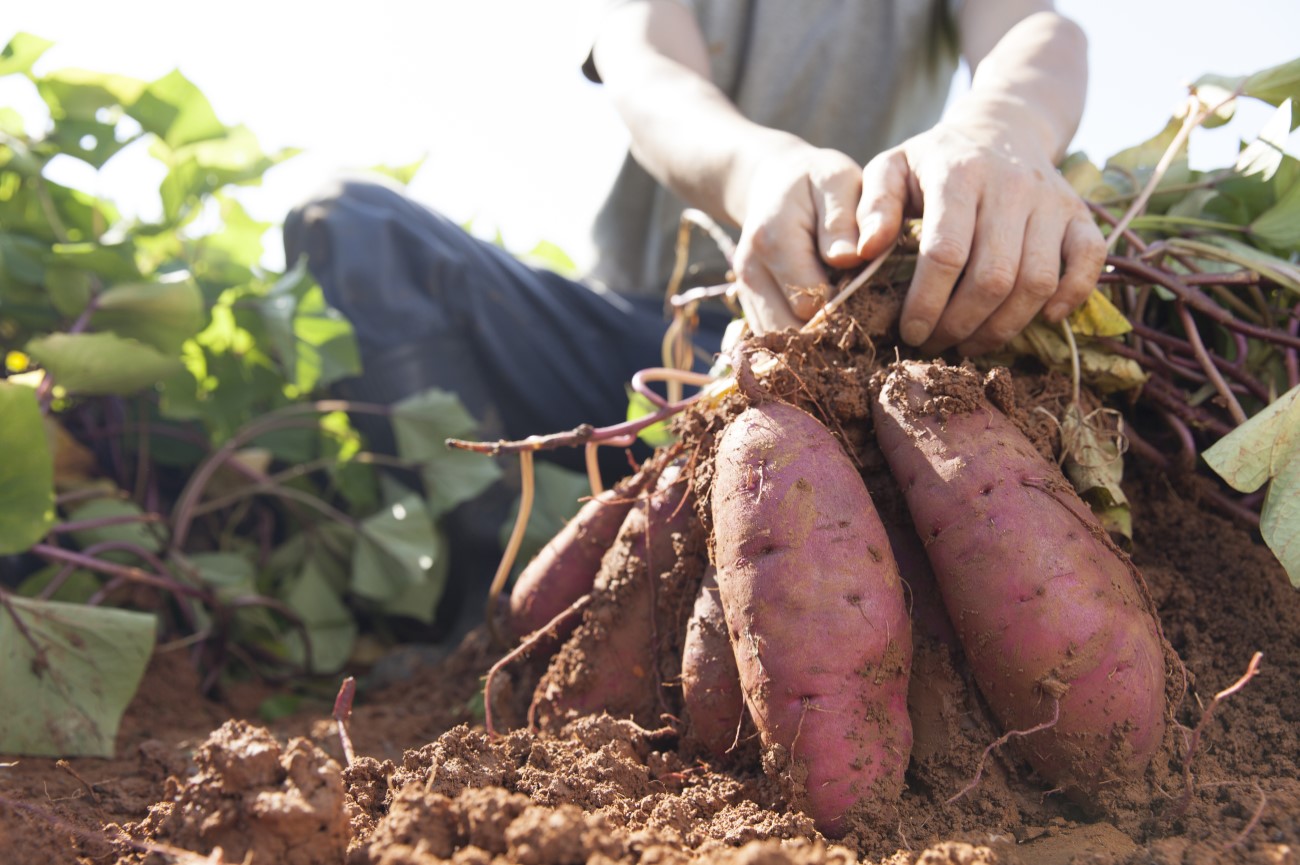 Every year around November, Aljezur celebrates the local sweet potato harvest with Festival da Batata-Doce
Every year around November, Aljezur celebrates the local sweet potato harvest with Festival da Batata-Doce

